Exploring an Abandoned Uranium Mine
If there’s one thing you should know about the Four Corner states and the 1950s & 60s, it’s uranium. There are old mines for the stuff everywhere. Uranium Fever during this brief 12-year period was fueled by the Cold War & the desire to make chemical weapons. And one of the places mined the hardest was southeast Utah. Here’s a map of places around the western US where it was sourced from.
And a number of nasty superfund sites in places like Moab, Grand Junction, and Montrose where the metal was processed. Many are still being cleaned up today.
Being the urban explorer I am, I found my way to an abandoned mine just outside Monticello, UT. Seeing it from the river corridor below, I decided to scramble up and poke around. The below photos are from said adventure.
DISCLAIMER: This is a really bad idea for your health. I would not advise. Still fun though.
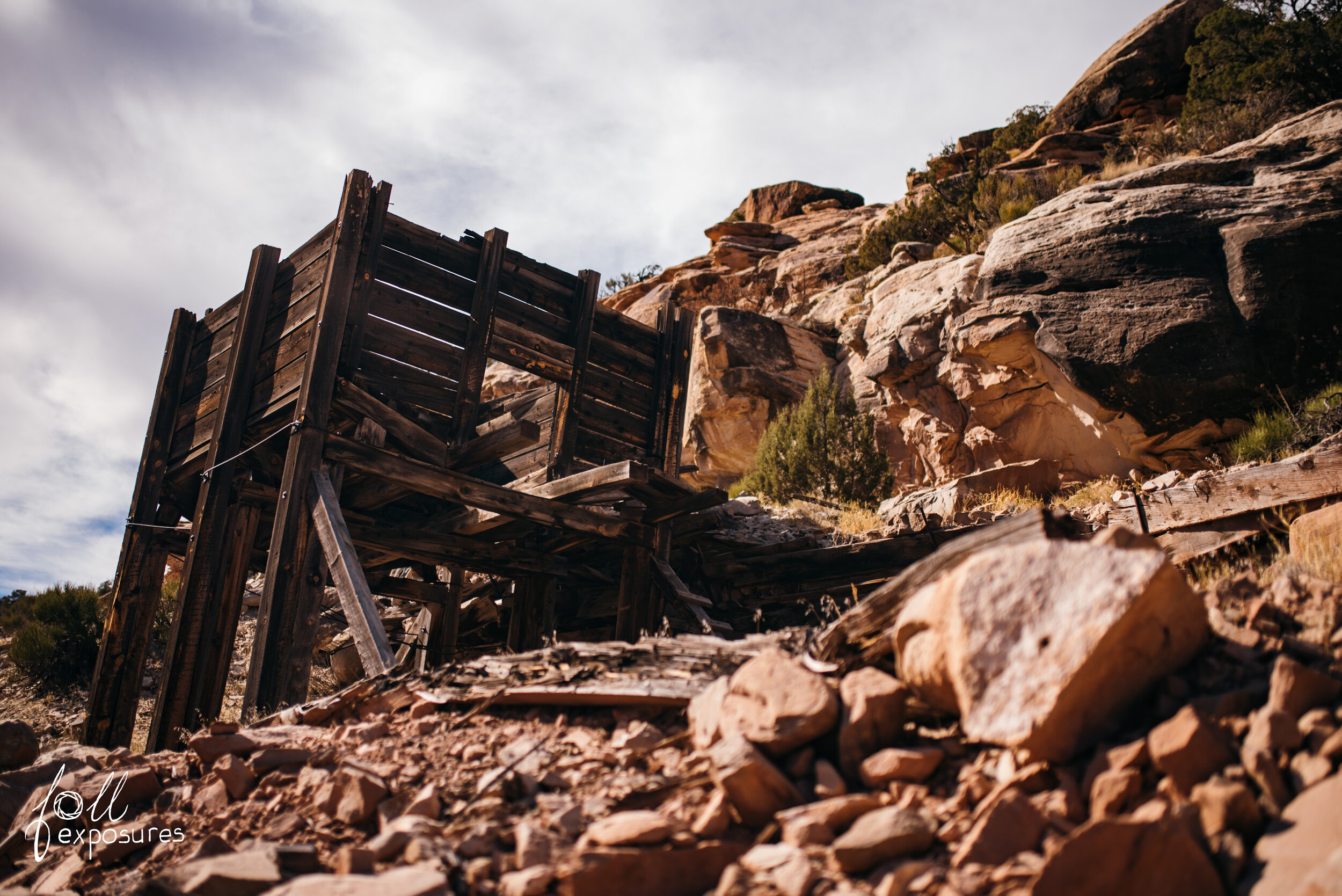
A dilapidated loading hopper seen outside & below the mine itself.
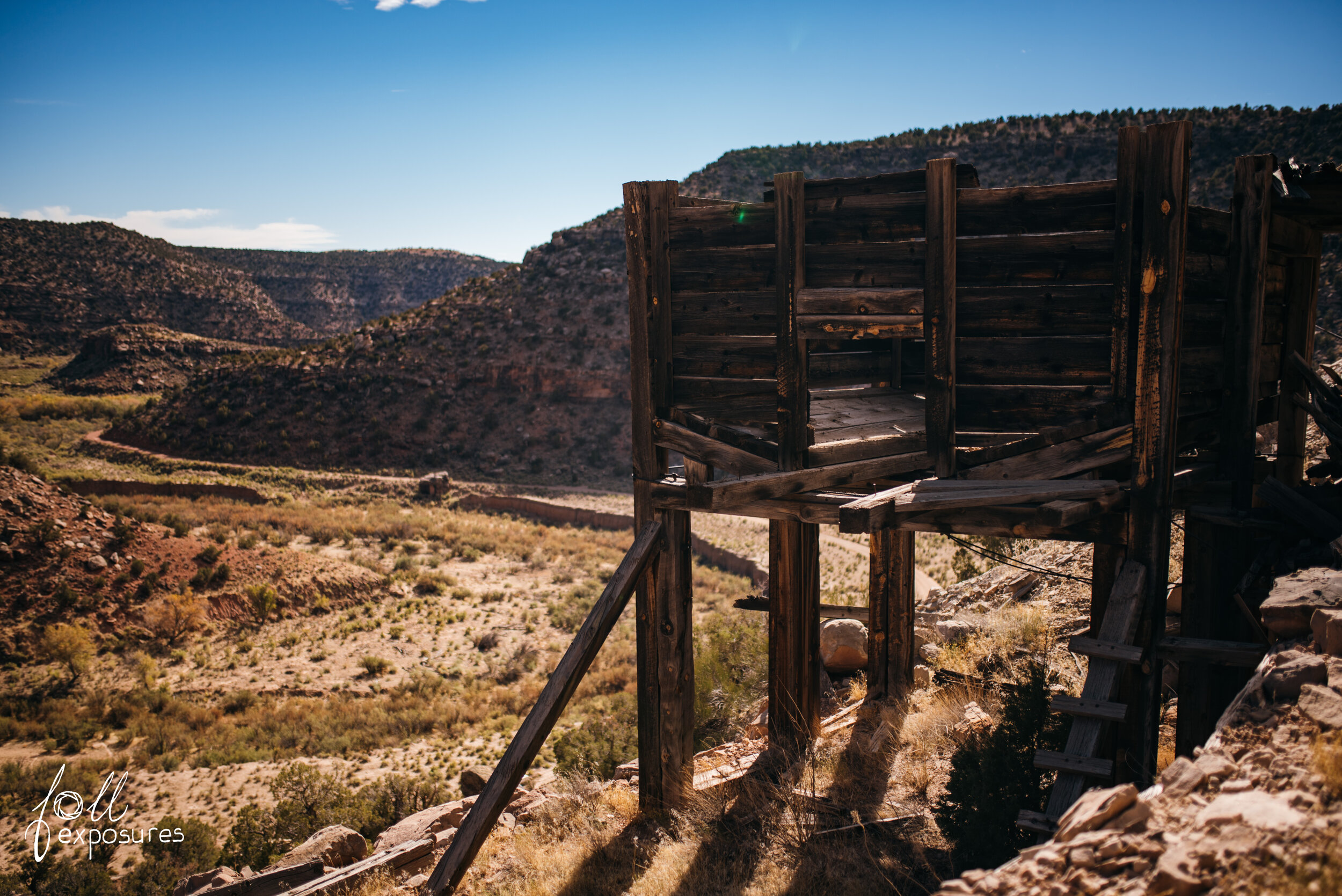
The hopper in relation to the rest of the canyon.
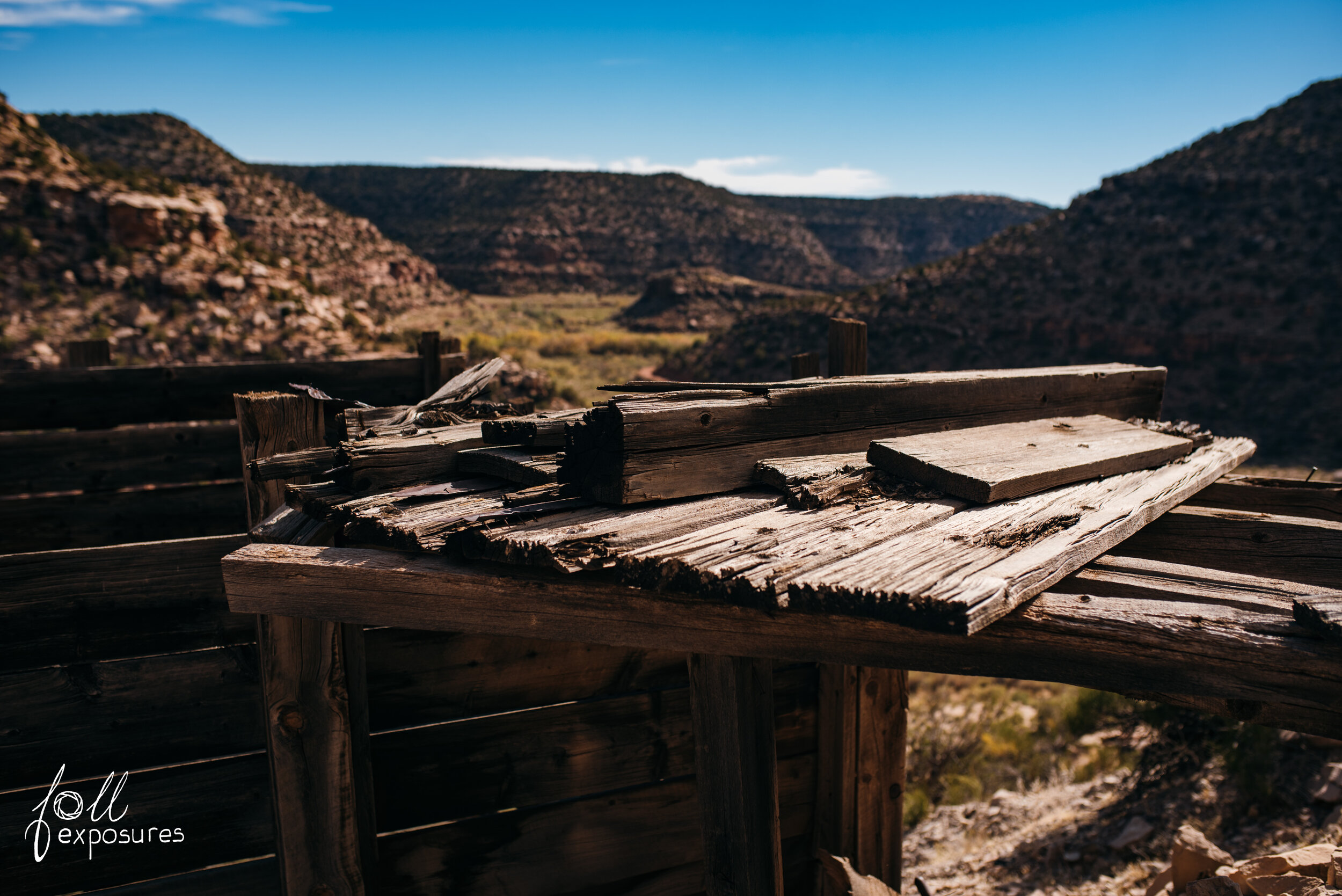
Old wood always has the best look & texture.
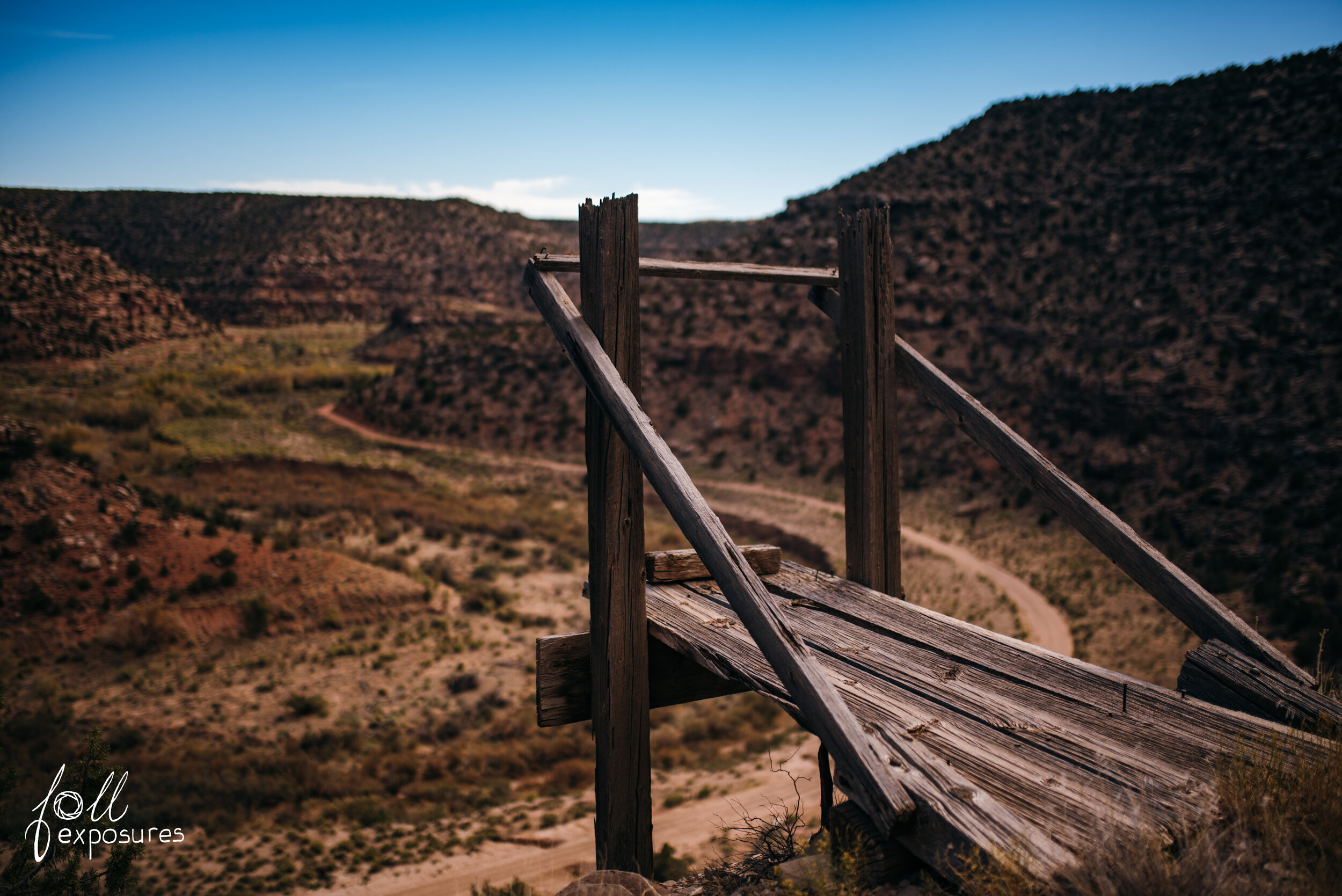
This was a platform used to take rock from the mine entrance to a road below. Pivotal to moving material down to the valley floor.
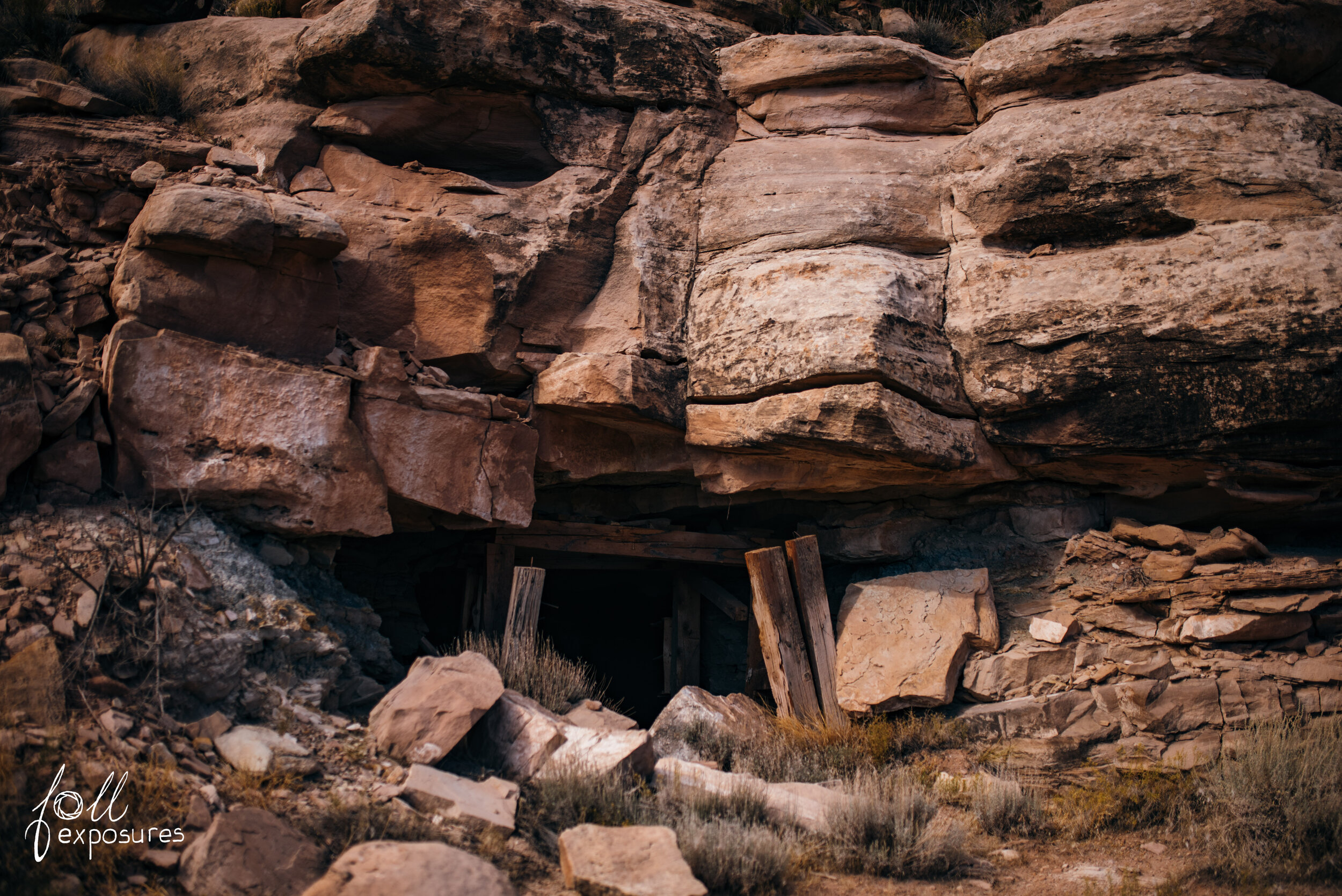
One of three mine entrances with supporting protections.
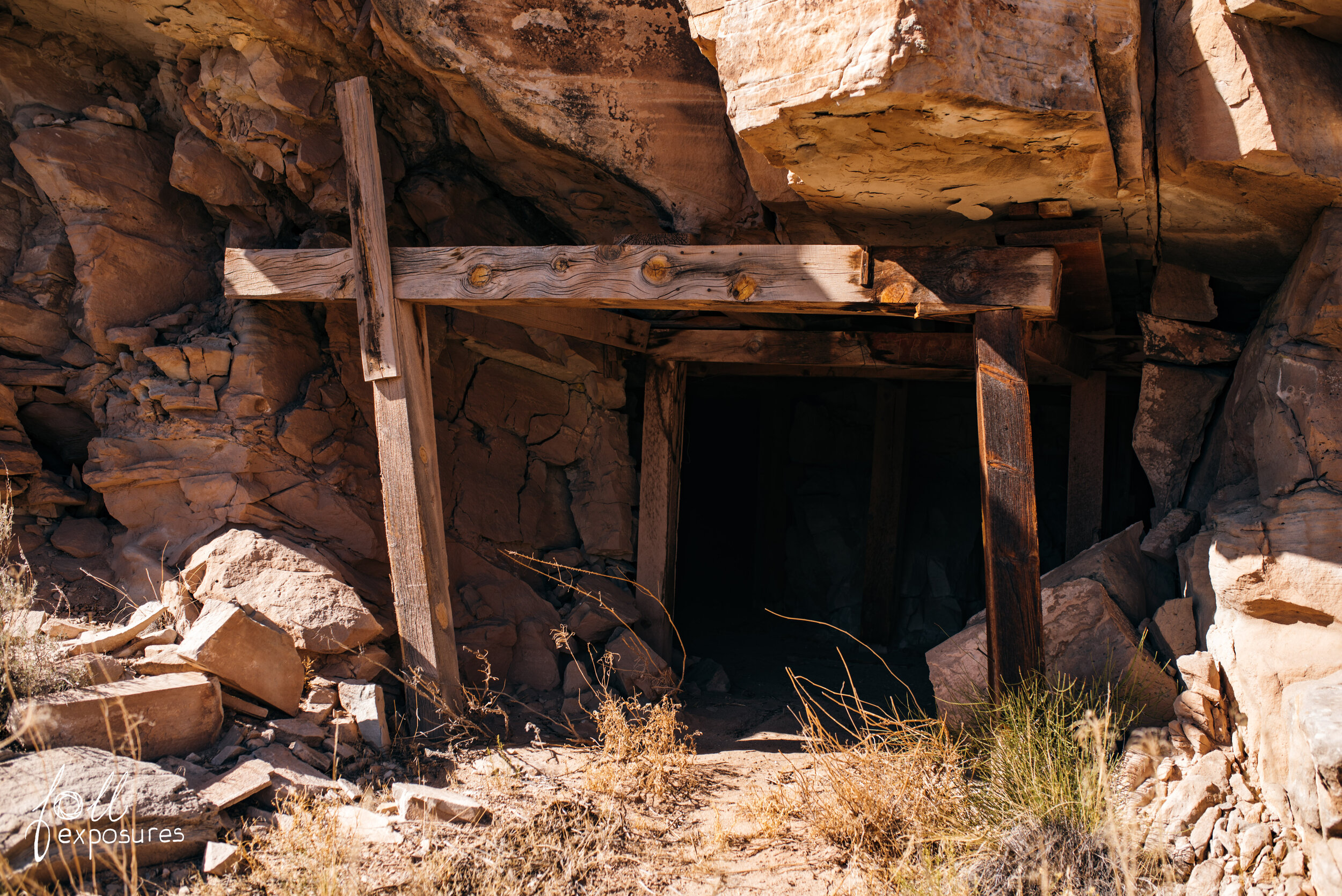
Close-up of the mine entrance
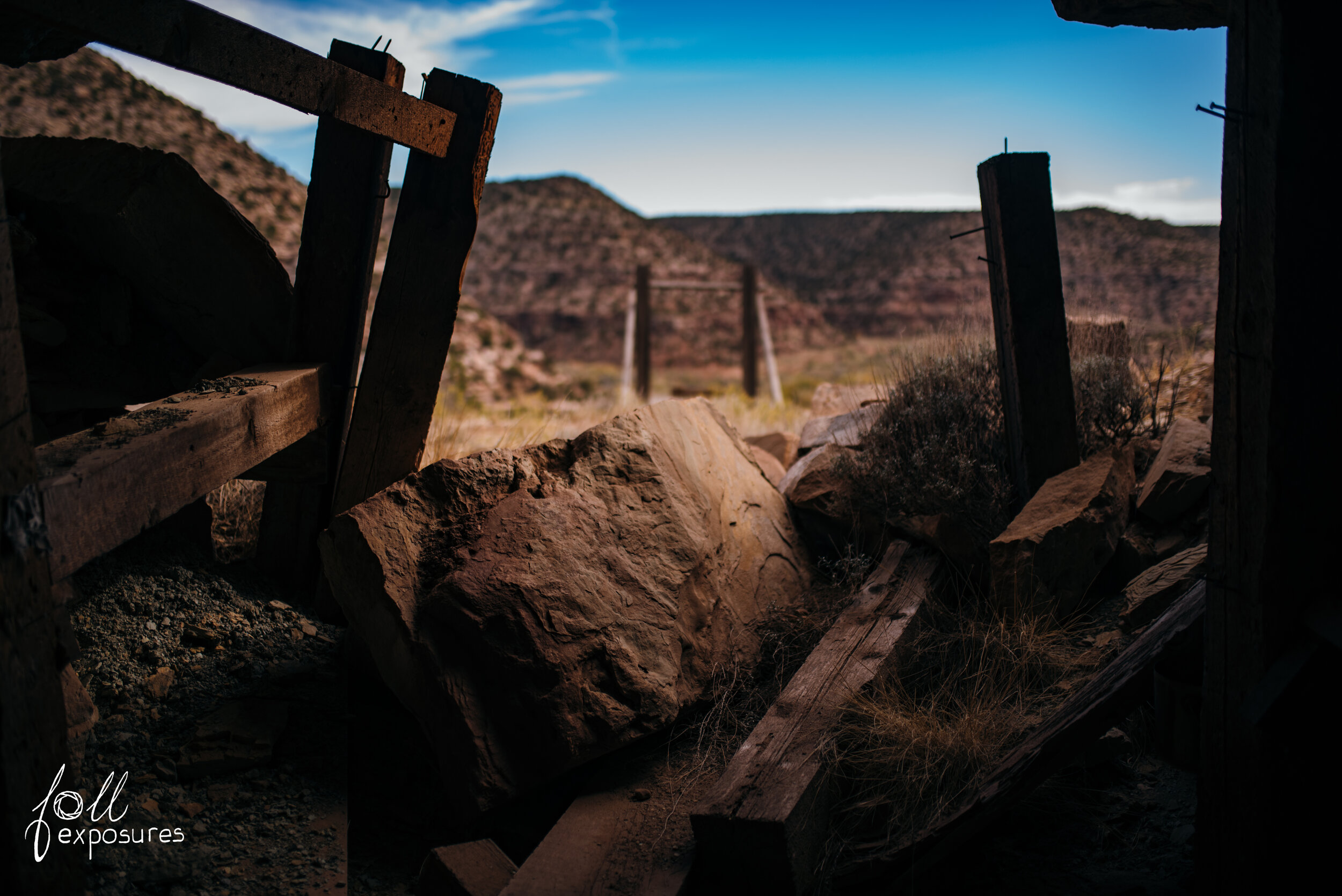
View of the loading dock from inside the mine.
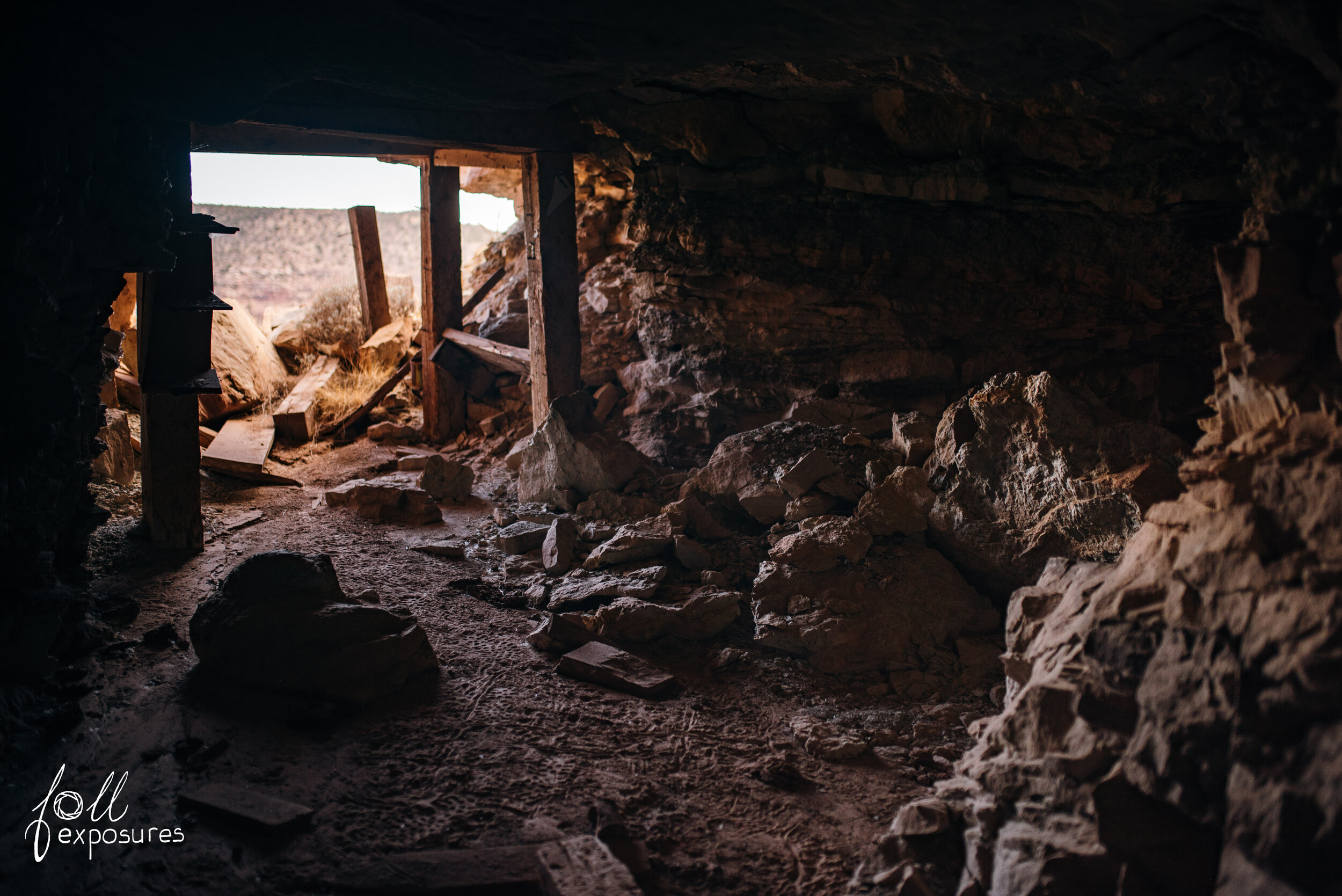
Just inside the mine looking back towards the entrance. Note the massive timbers needed to support the weight of the rock above.

KEEP O UT
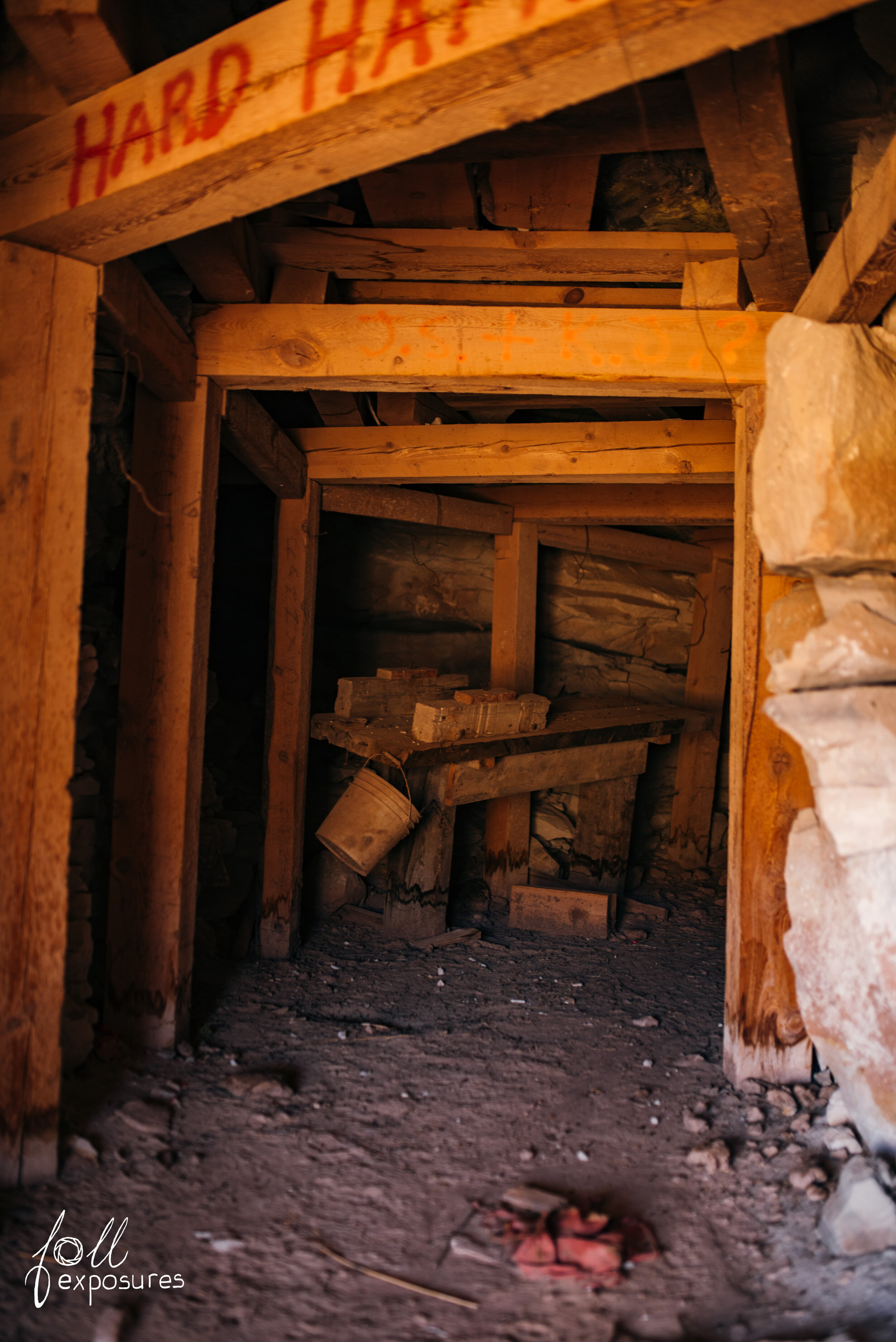
HARD HATS
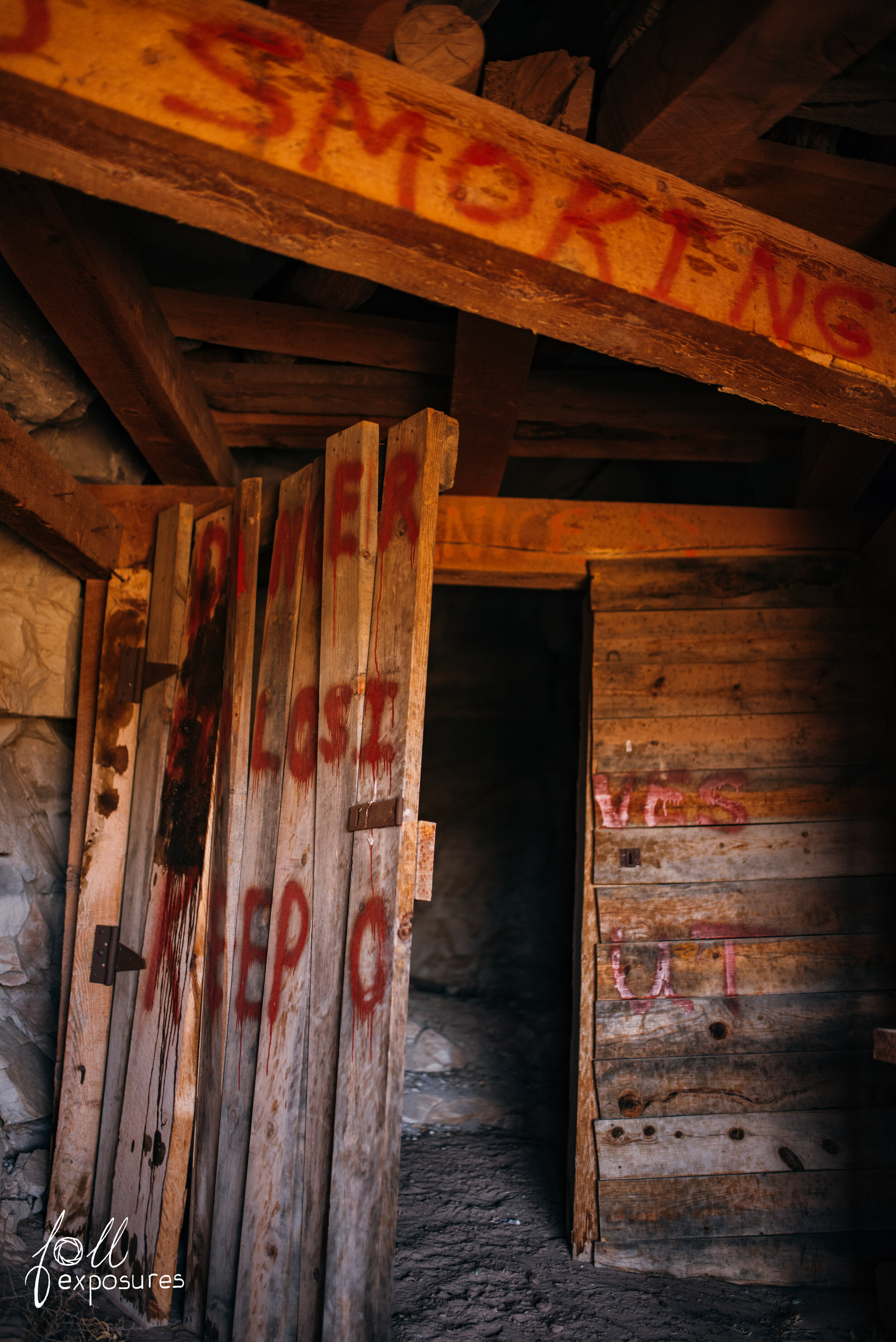
NO SMOKING
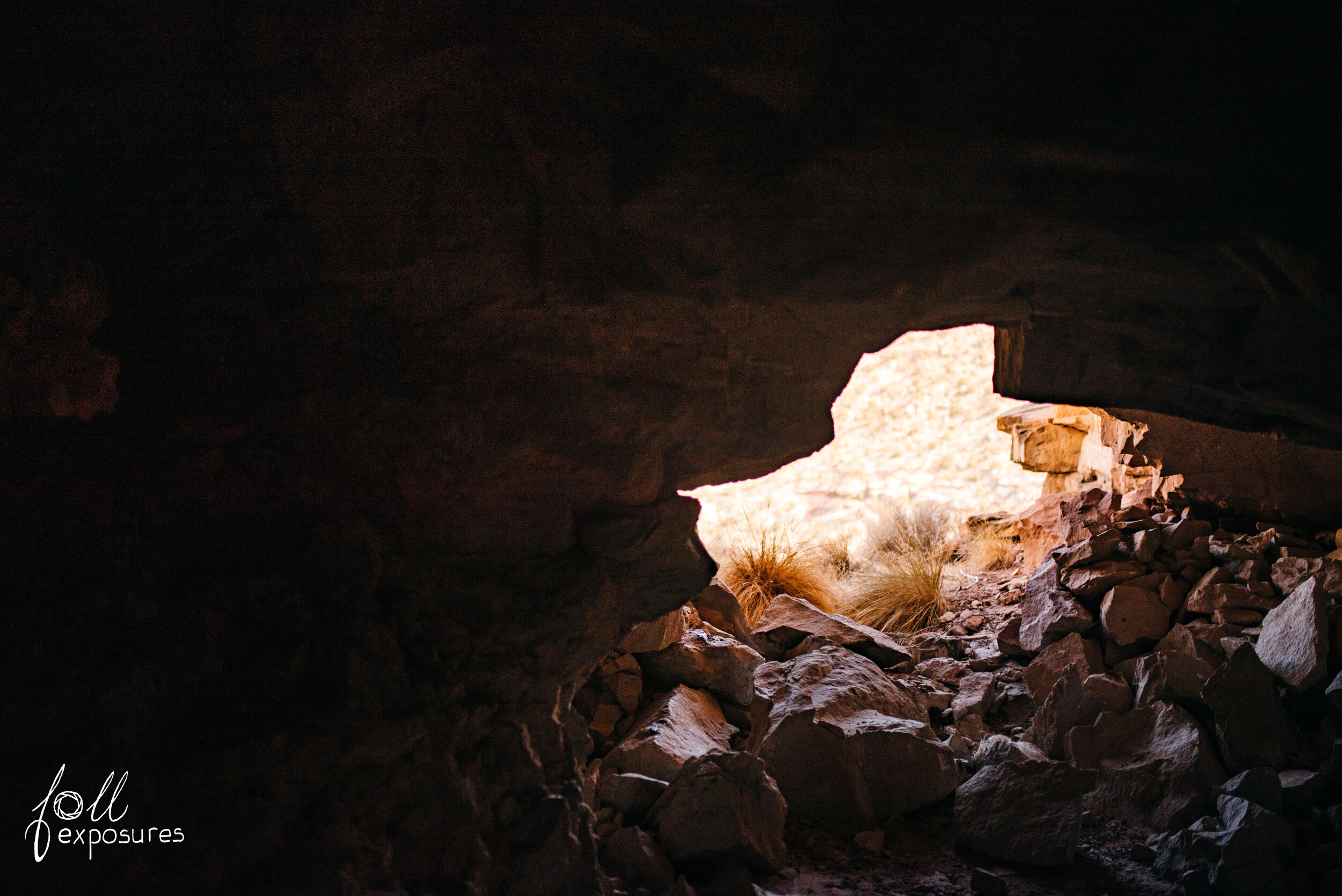
Likely a ventilation opening
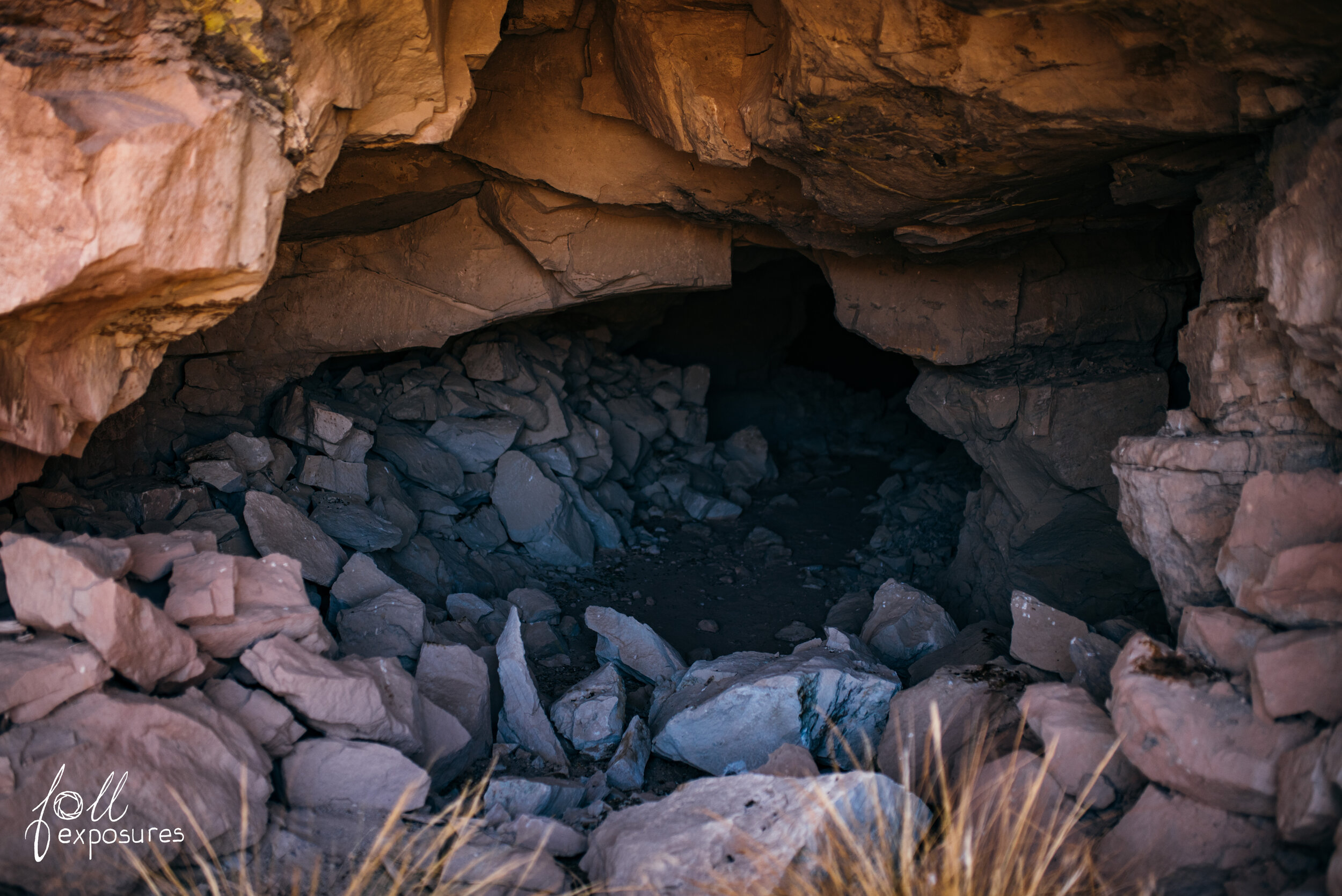
The other side of the last image looking into the mine.
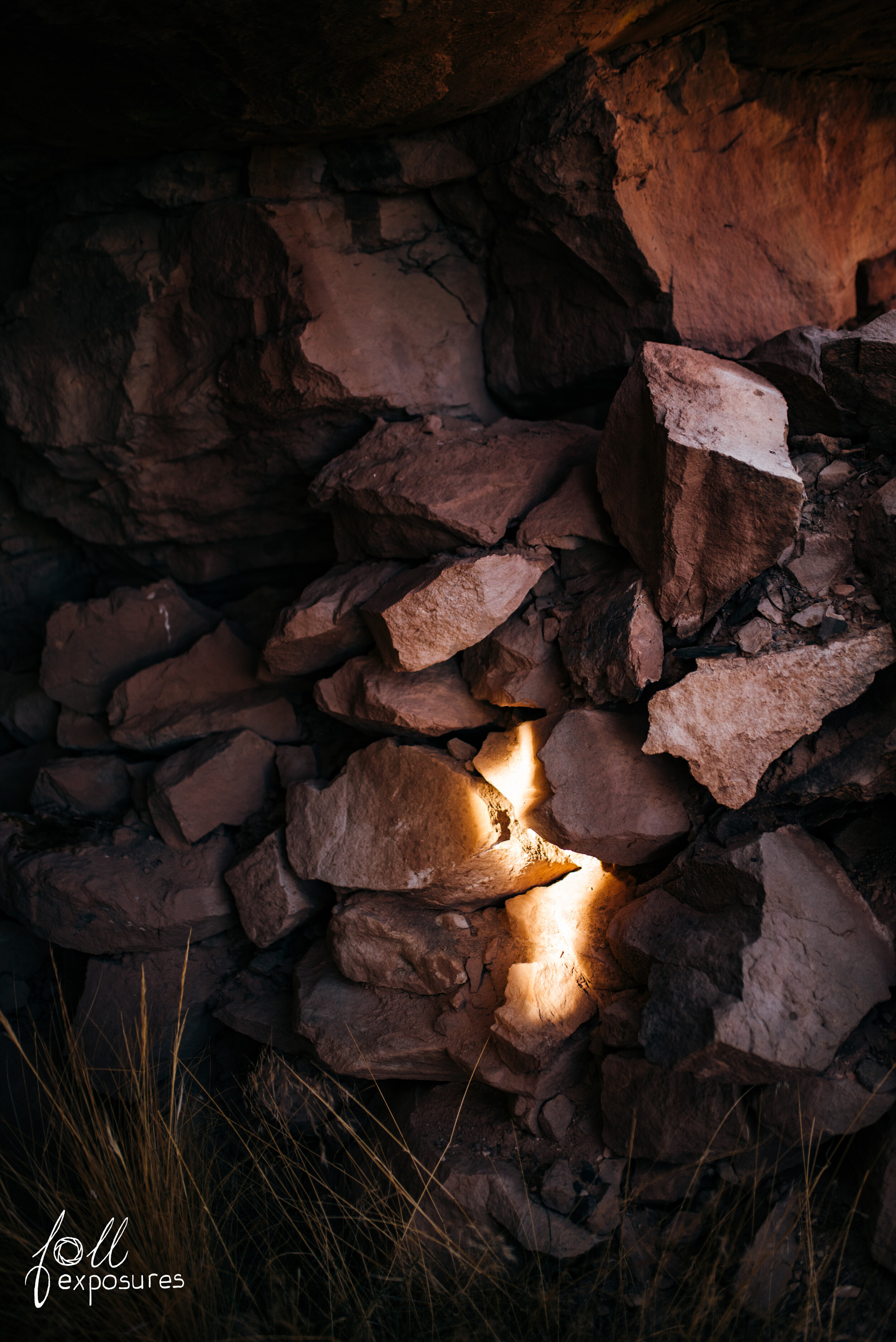
Forever chasing shadows and light
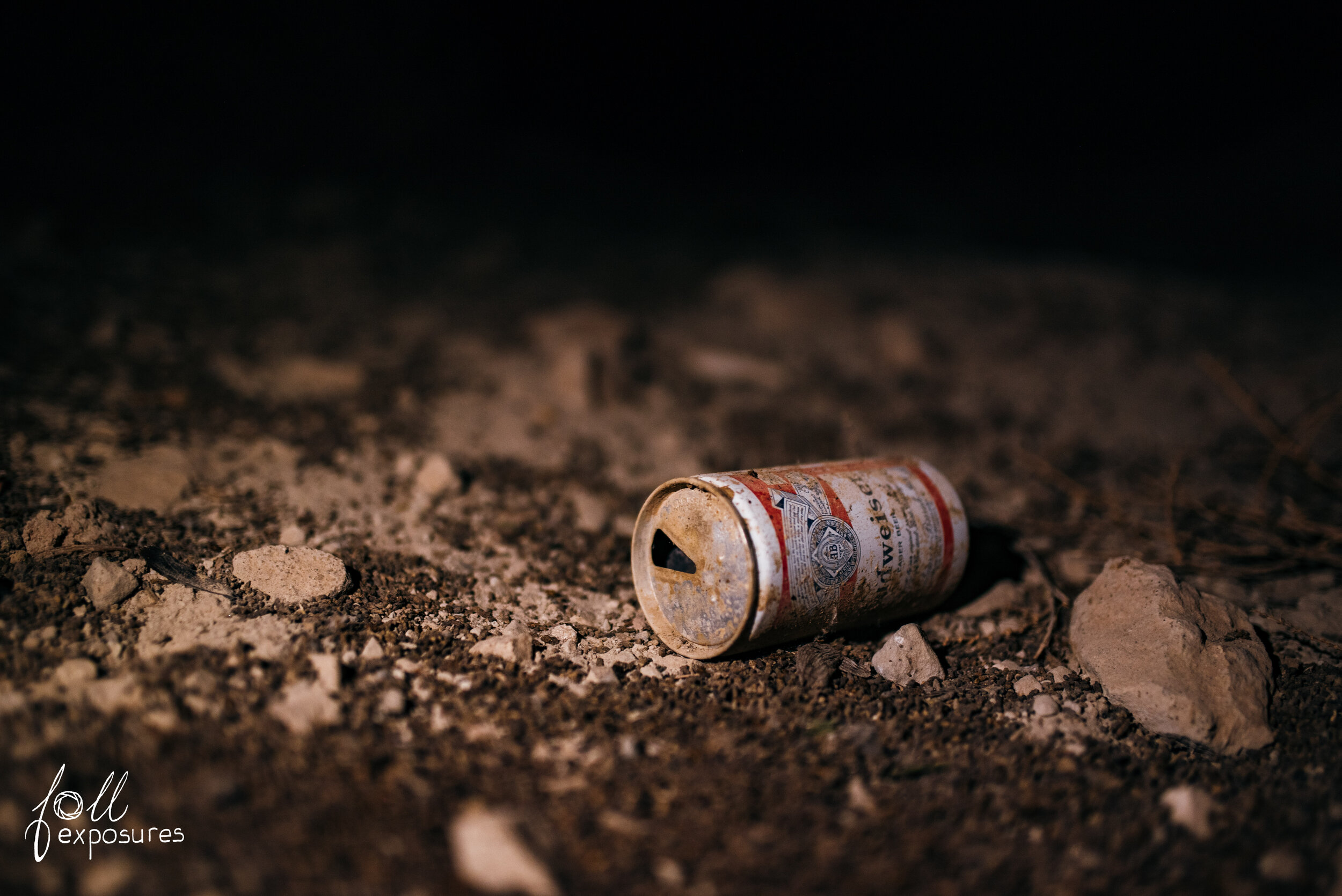
The most fascinating part of any abandoned space is the trash. For example, this type of Budweiser beer can, called the Pull Tab style, was only around for about 12 years, 1963-1975. Neat!
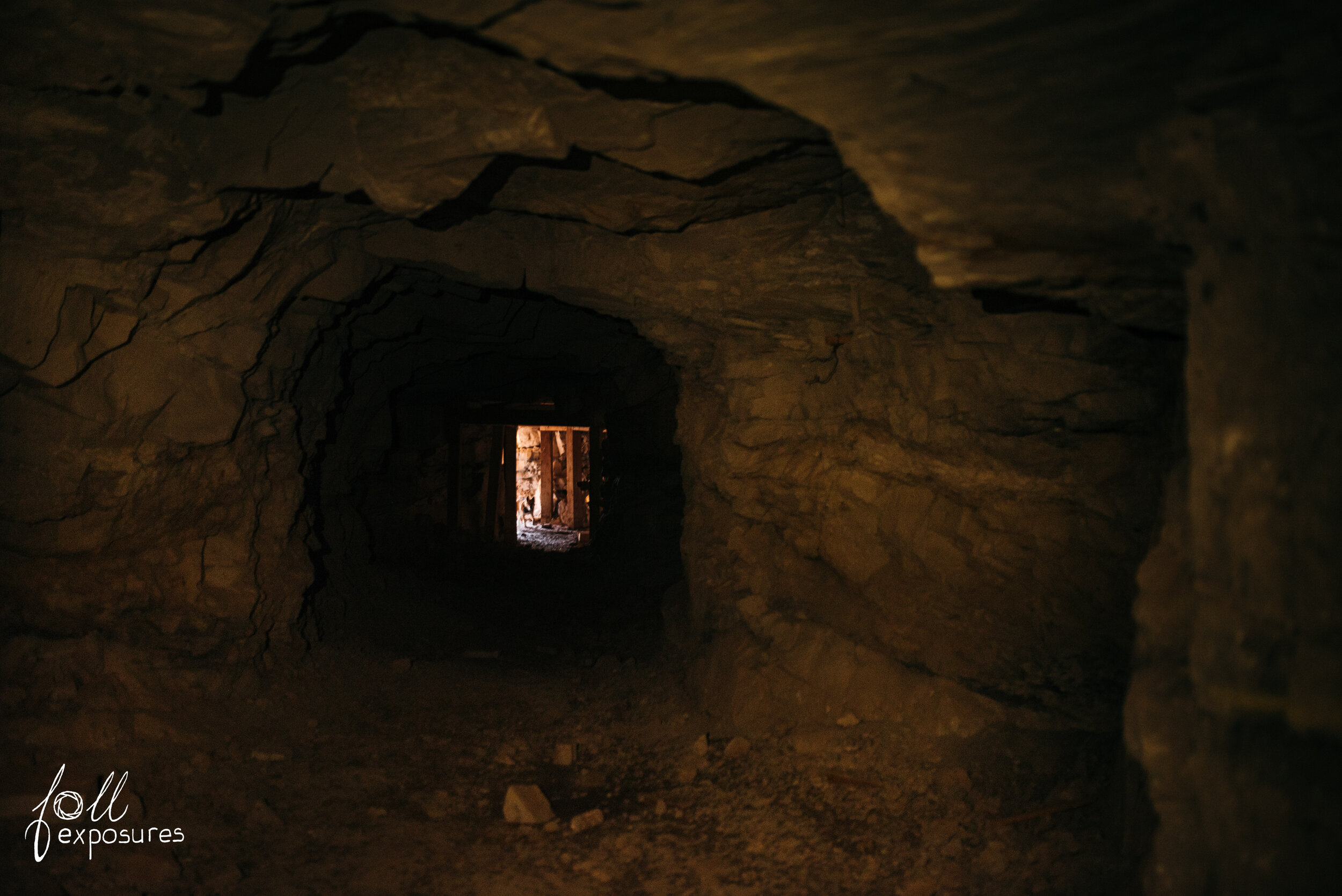
The mine, while not very deep, was a labyrinth of shafts & tunnels with numerous entrances & ventilation shafts.

I love the texture and the fall off rate of light as it makes its way underground. Light prefers smooth surfaces to travel farther distances, like a rock skipping on a flat body of water. Since the mine consists of many rough or bumpy surfaces, the light falls away much faster.
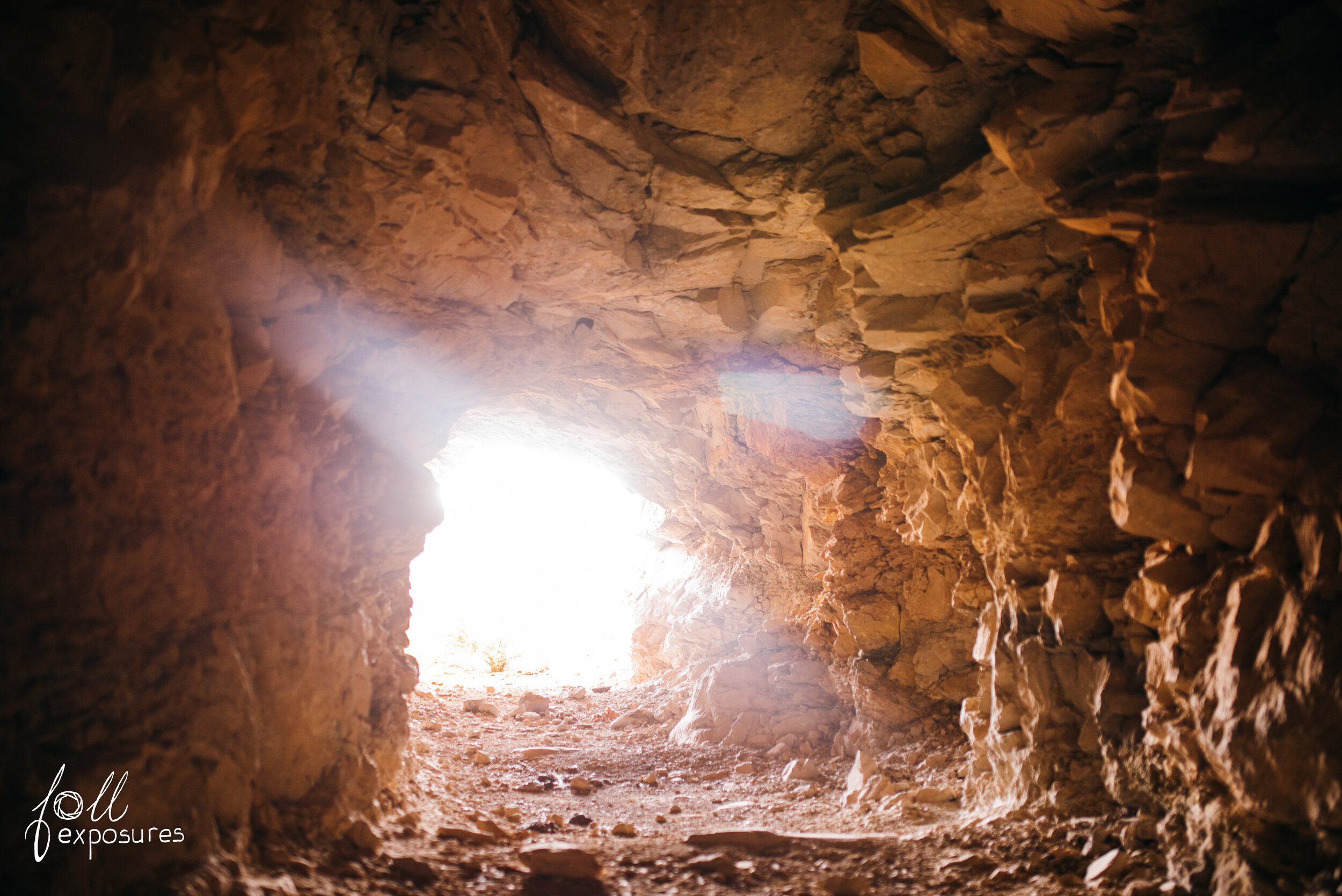
Once I aimed the camera directly at the entrance, all that light really illuminated the textures of the rock around it.
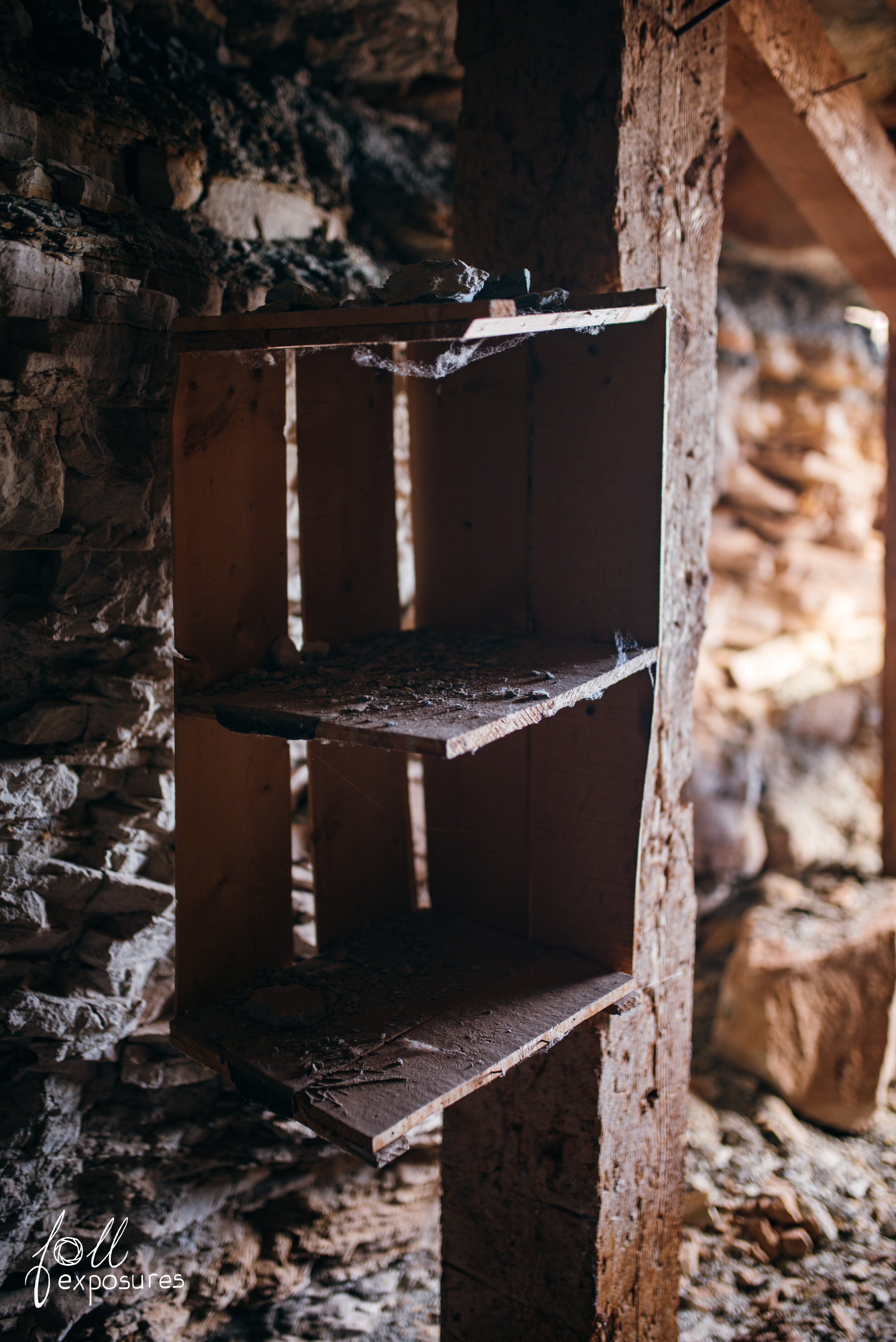
Rough hewn shelf tacked onto a mine shaft support beam.
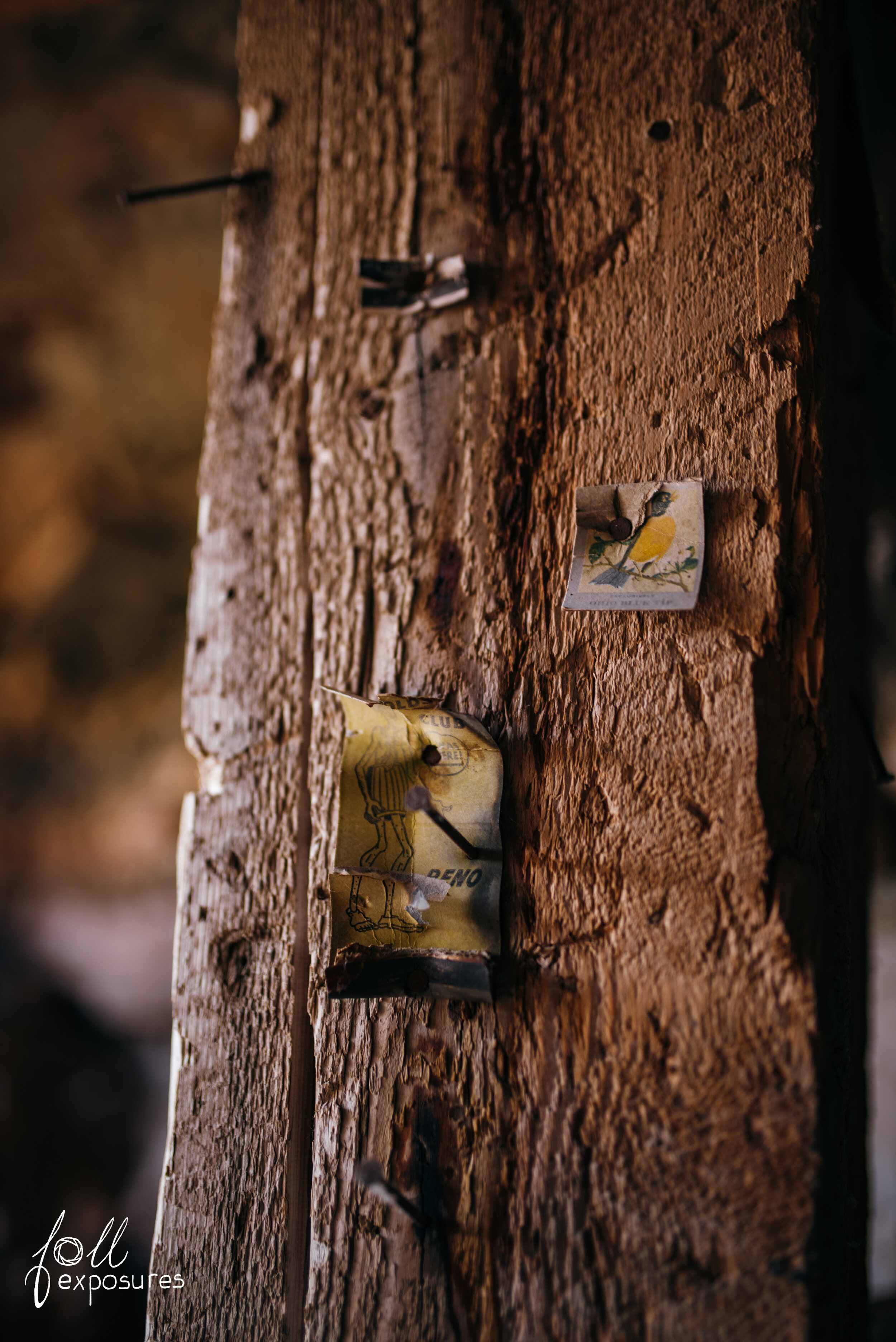
I love finding little elements in tough places, such as mines, that remind me of the personal aspect. Real humans lived & worked here. And loved little trinkets & pictures of pretty birds.
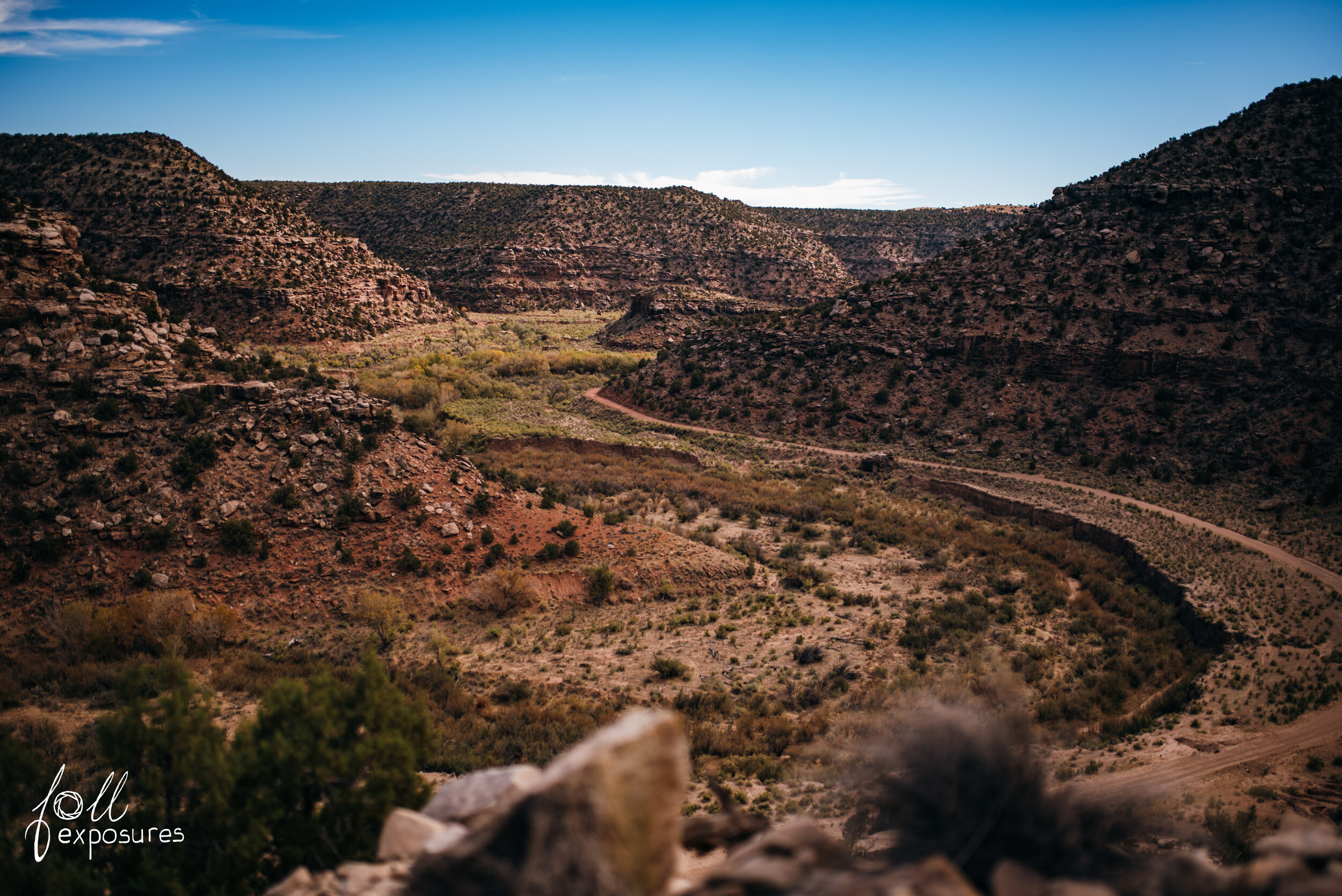
Beautiful unobstructed view down the canyon!
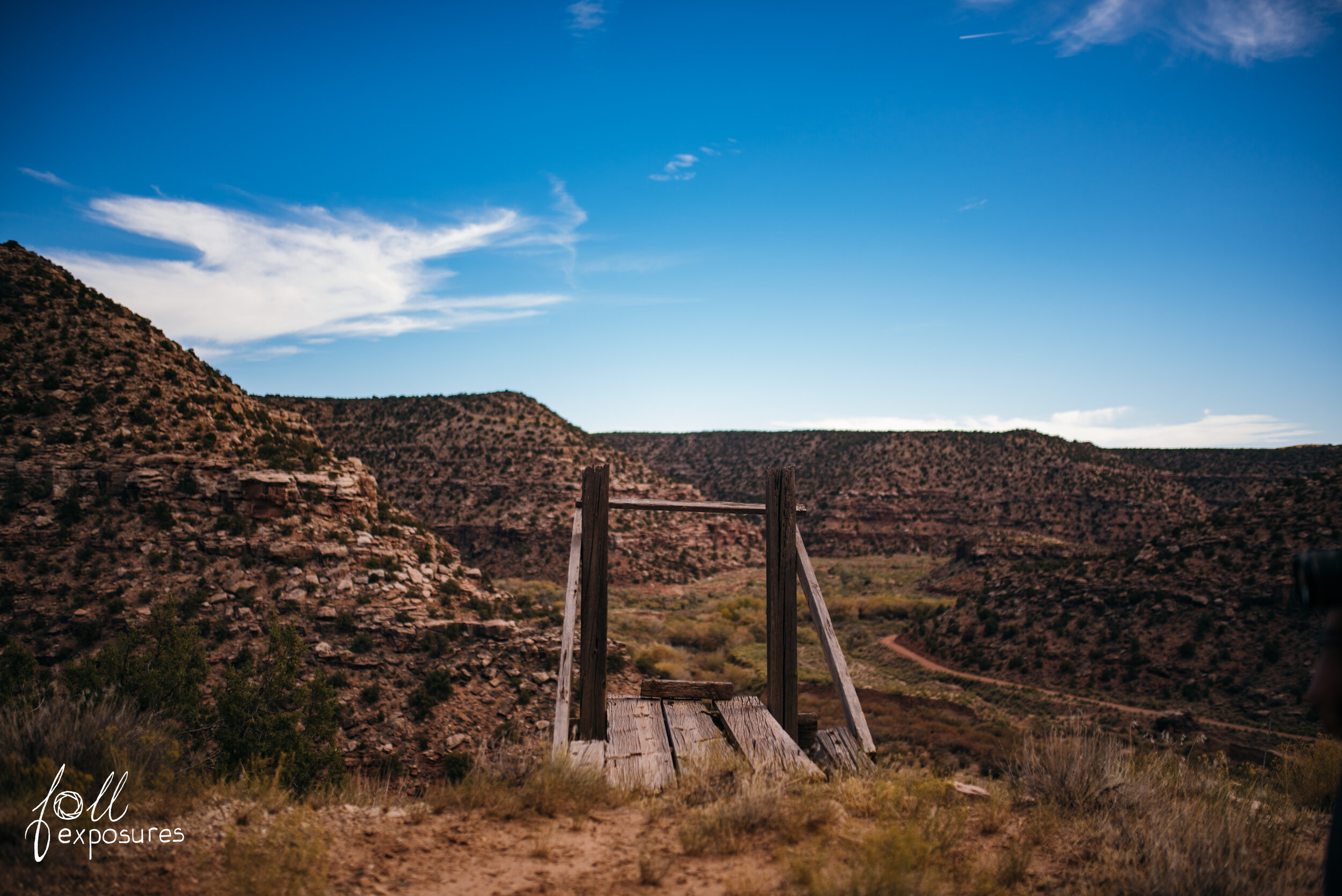
Another view of the loading ramp
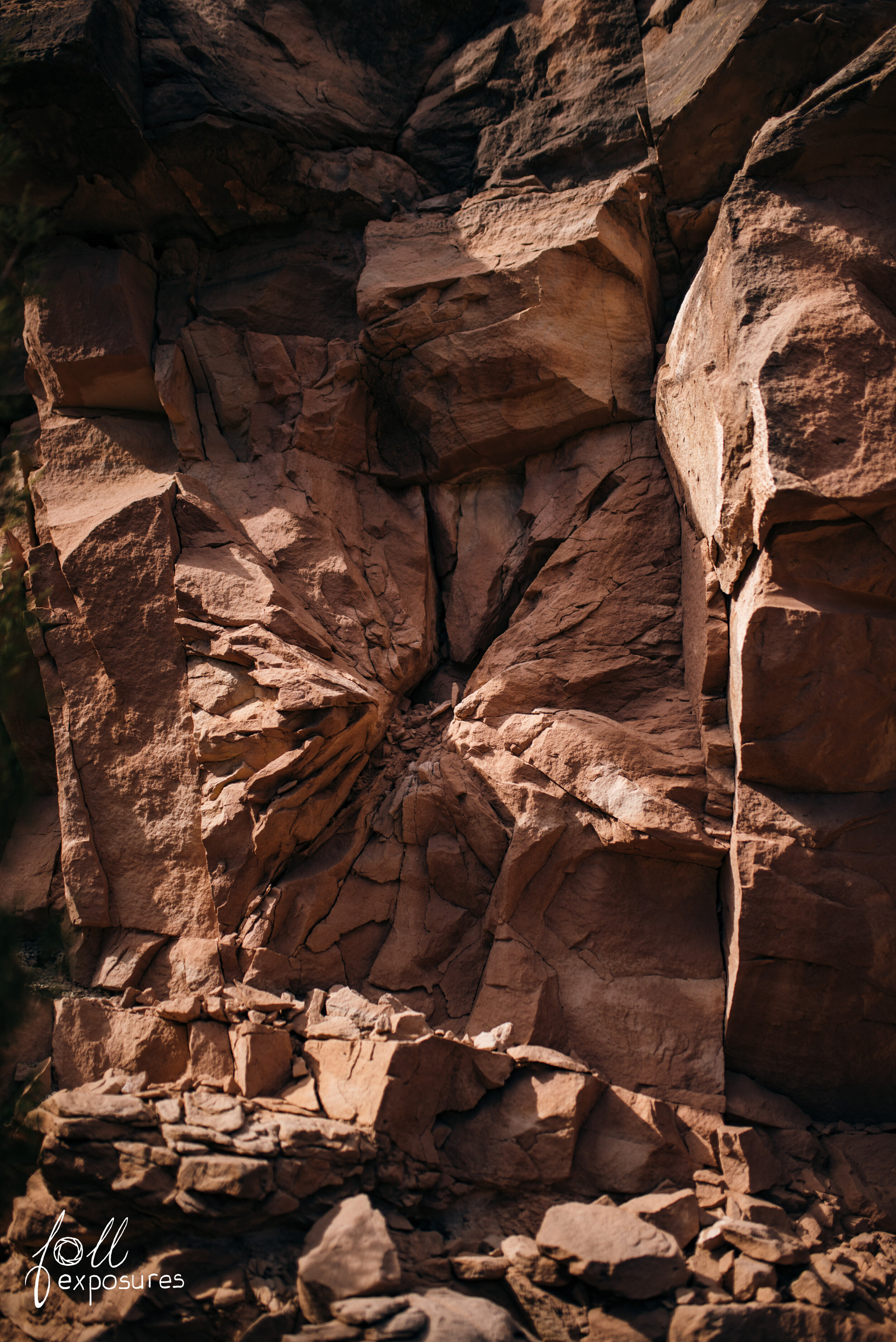
Ok here’s a cool one! Dynamite! This is what a blast hole looks like after the charge goes off. Note the cracks in the rock all stemming from where the dynamite was placed. Fascinating!
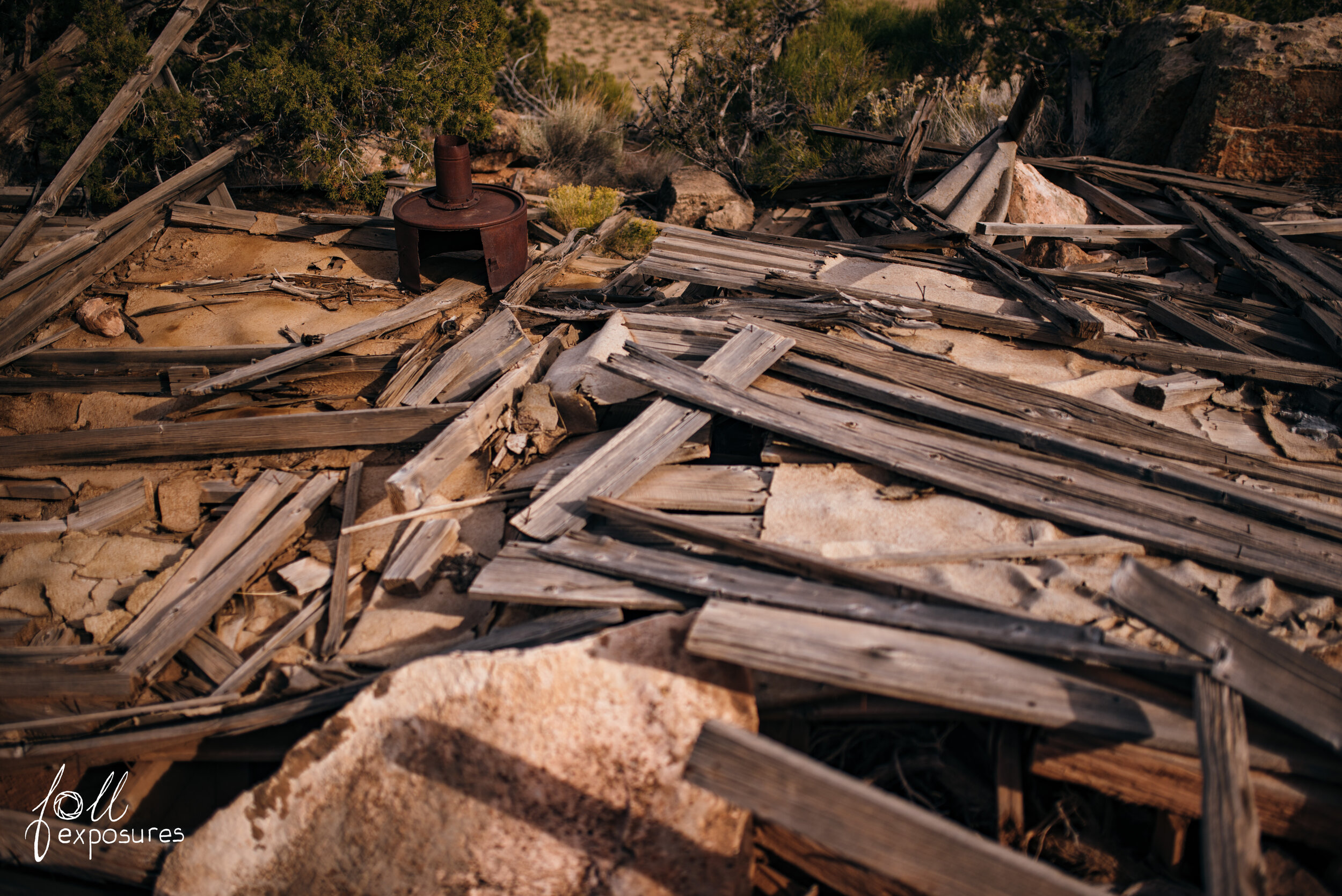
What’s left of a structure plus a homemade stove on the left.
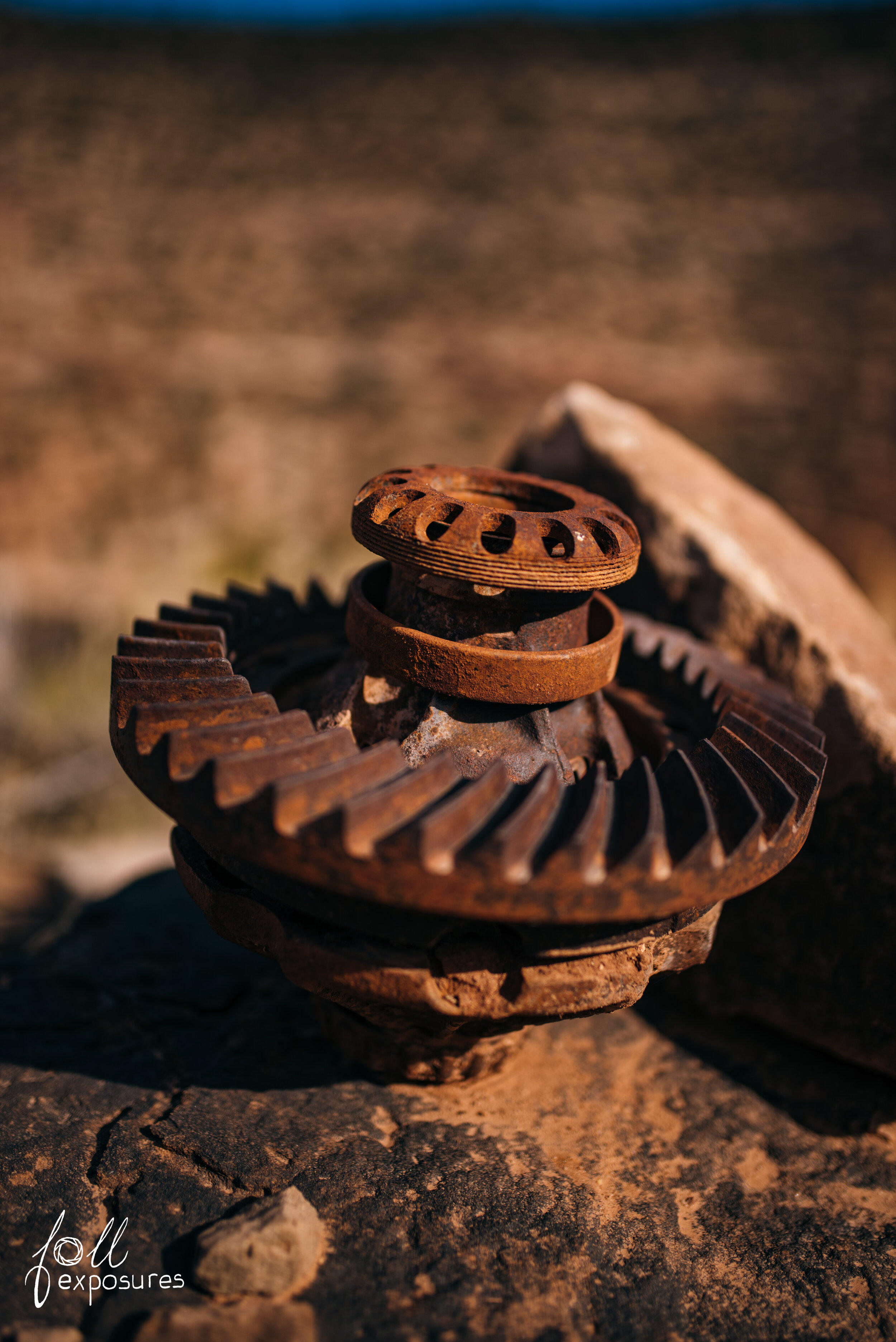
Some sort of gearing mechanism. No speculations as to what it may have been.
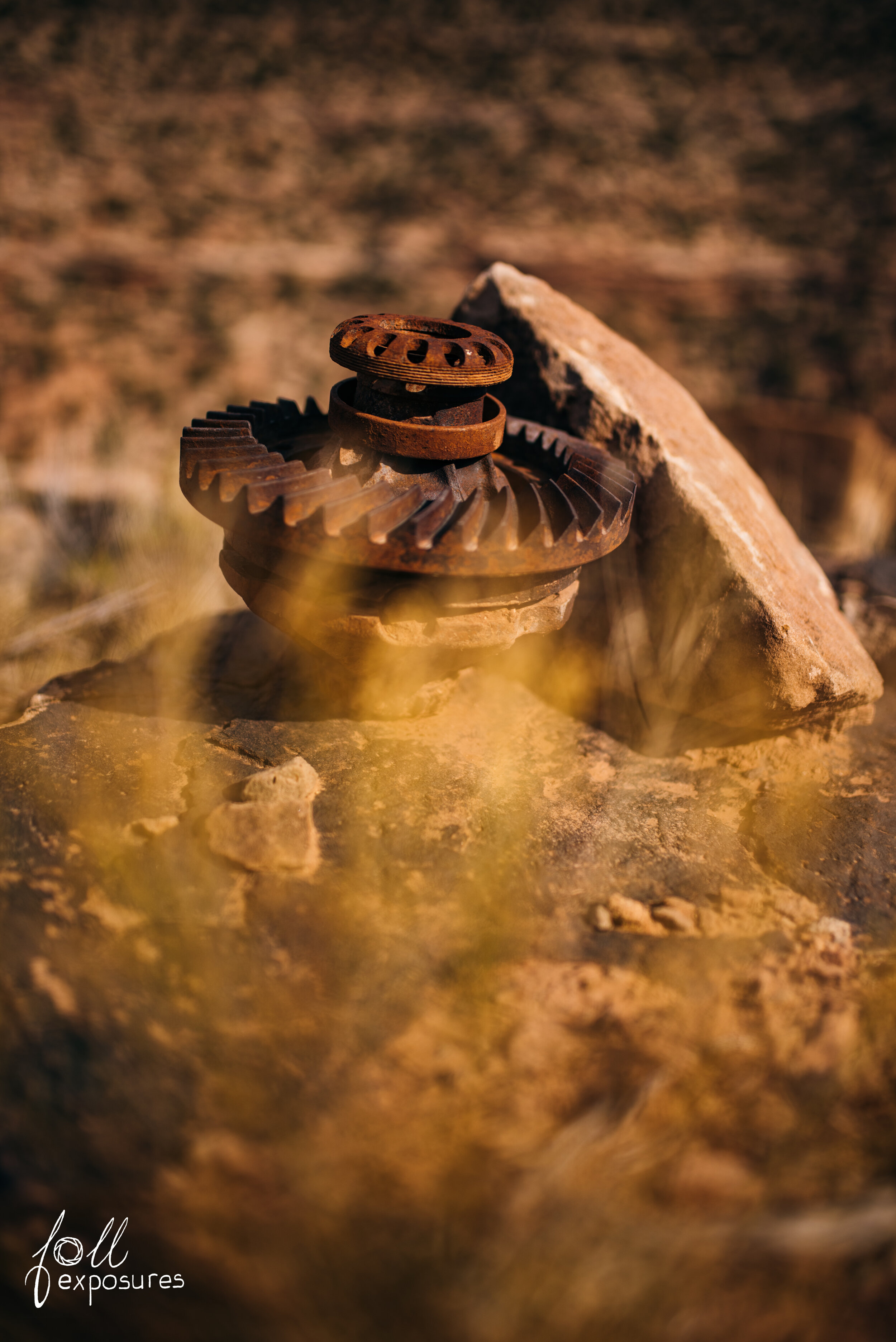
Another view of the mechanism. Possibly part of a motor?
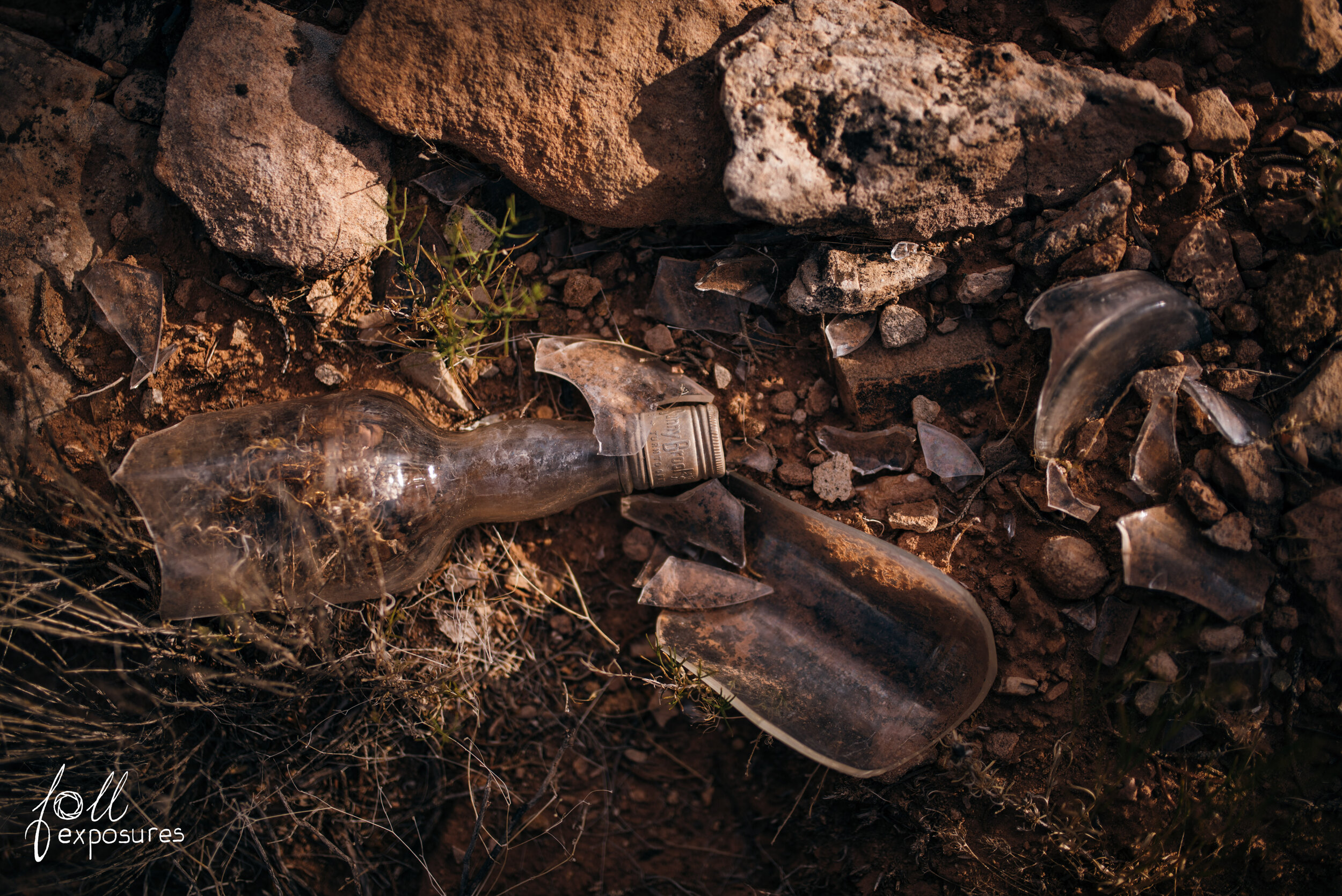
Sunny Brook Whiskey was HUGE in the early 1900s. And it managed to squeak its way through Prohibition but closed in 1975. Another fun clue to date this uranium mine. Dump sites with historic trash are often how things are dated in the archaeology field. Click for more info on the distillery with its rise & fall.
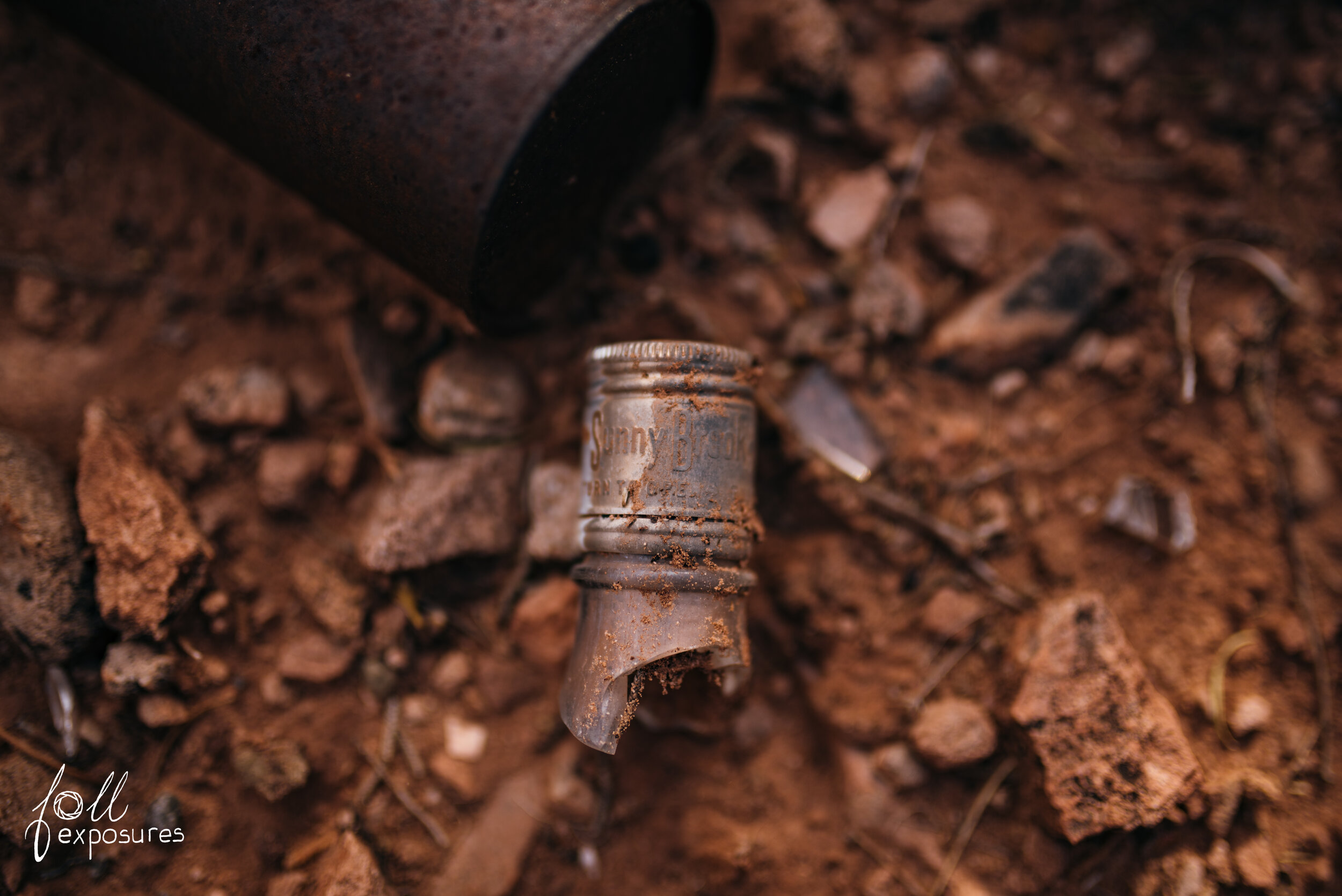
Needless to say with this hard lifestyle, whiskey bottles were, in fact, everywhere.
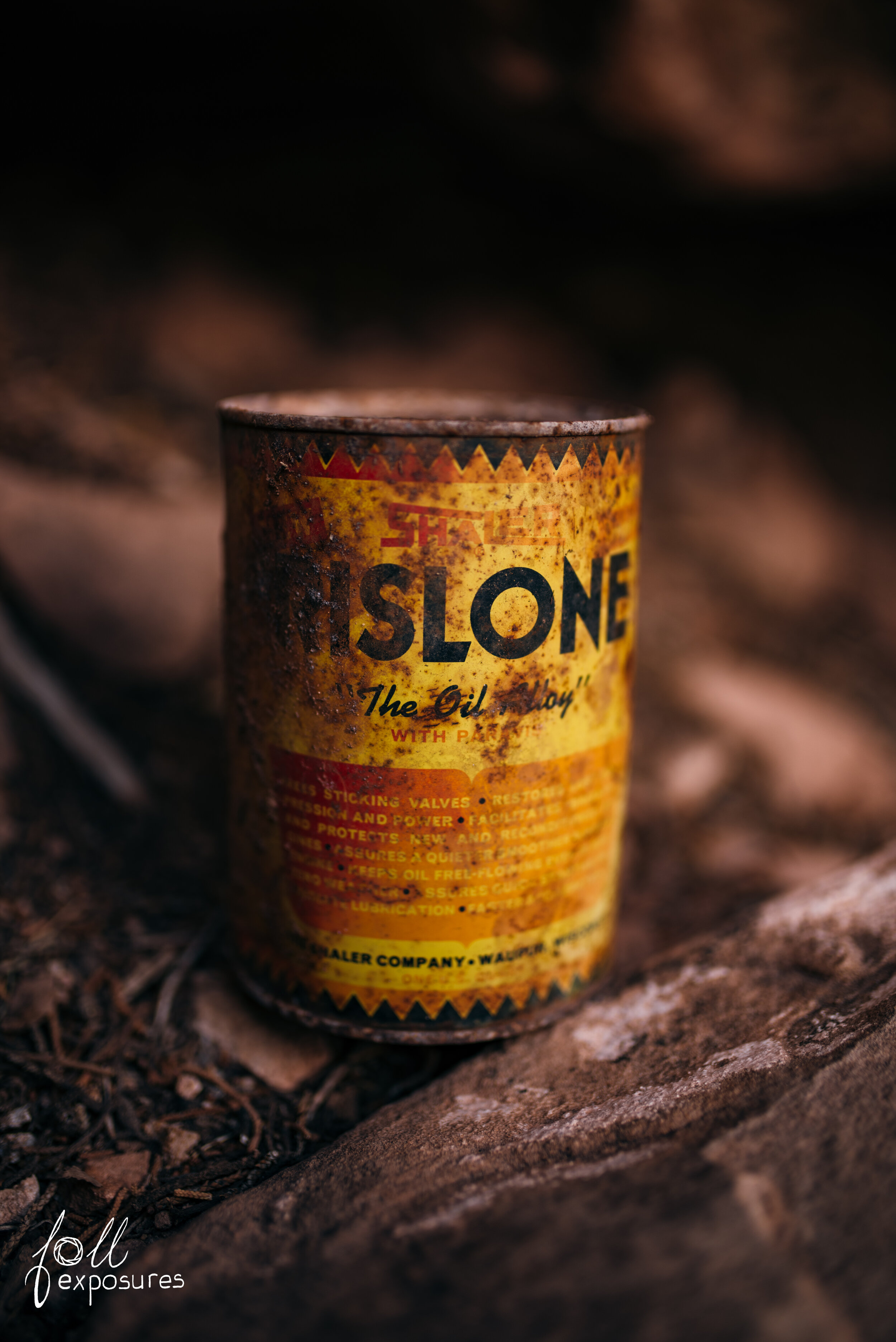
Bet you didn’t know motor oil used to come in cans too, did ya?
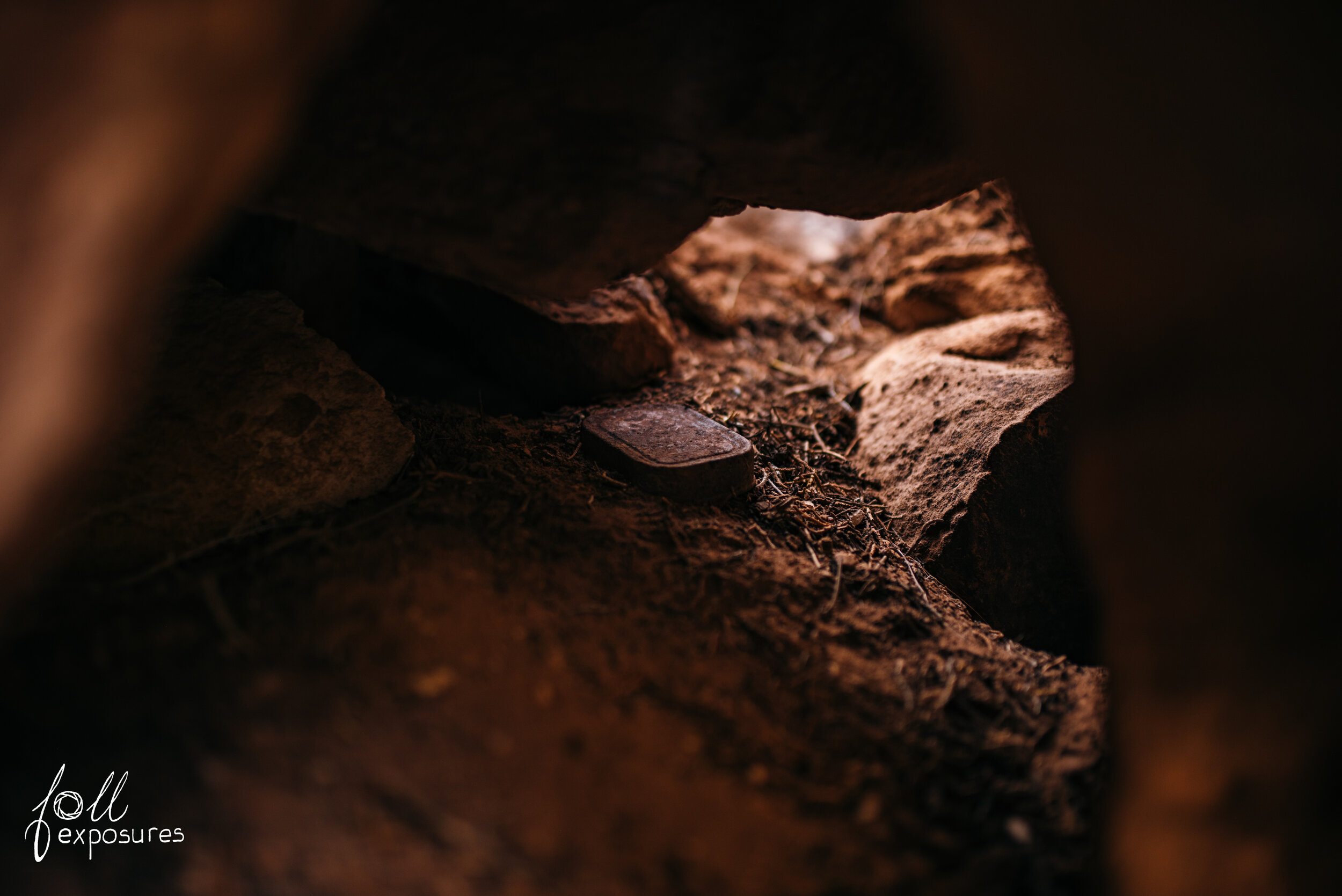
Random food tin tucked in the rocks.
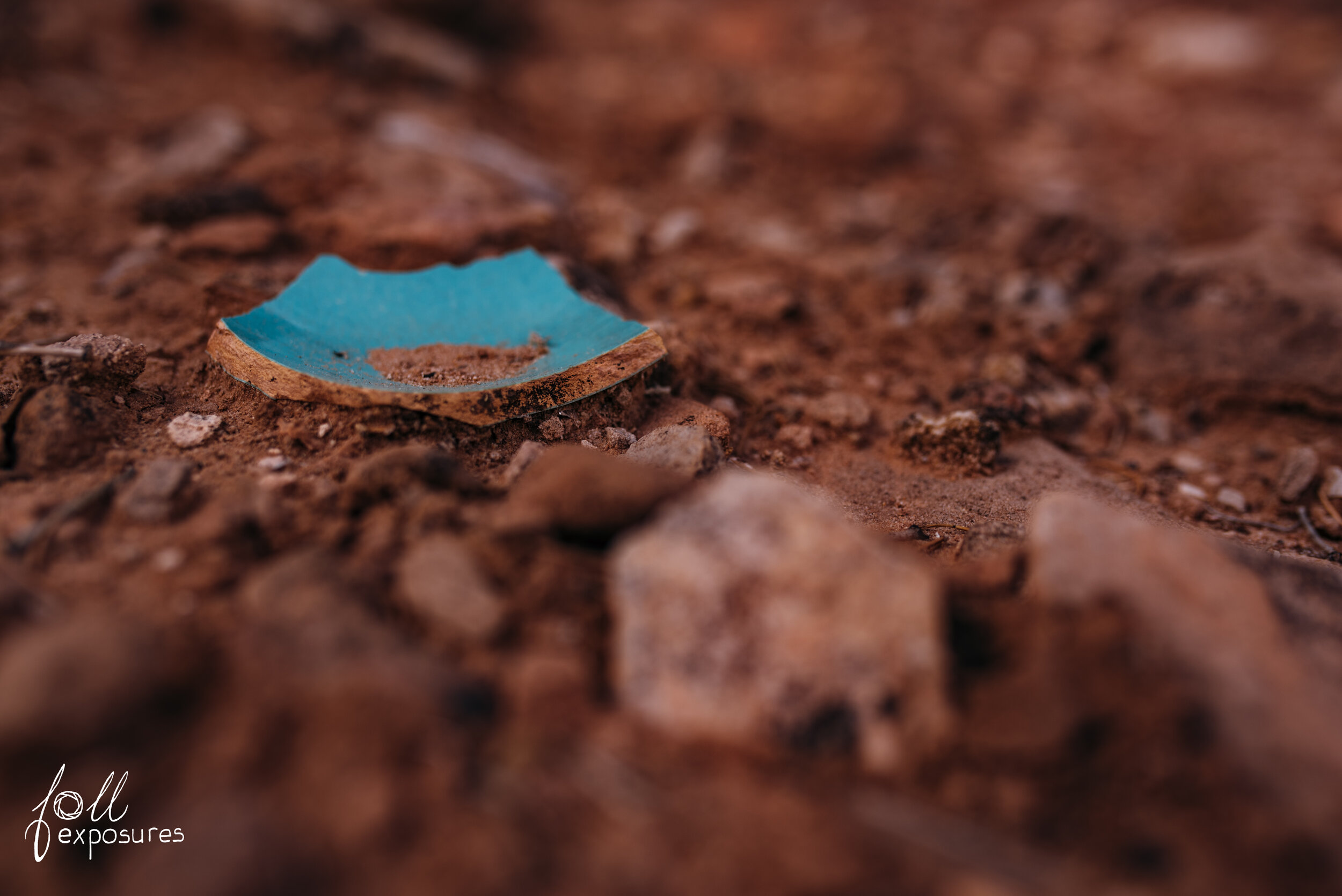
Shard of pottery, which was a refreshing find in piles of rusty objects & shattered glass.
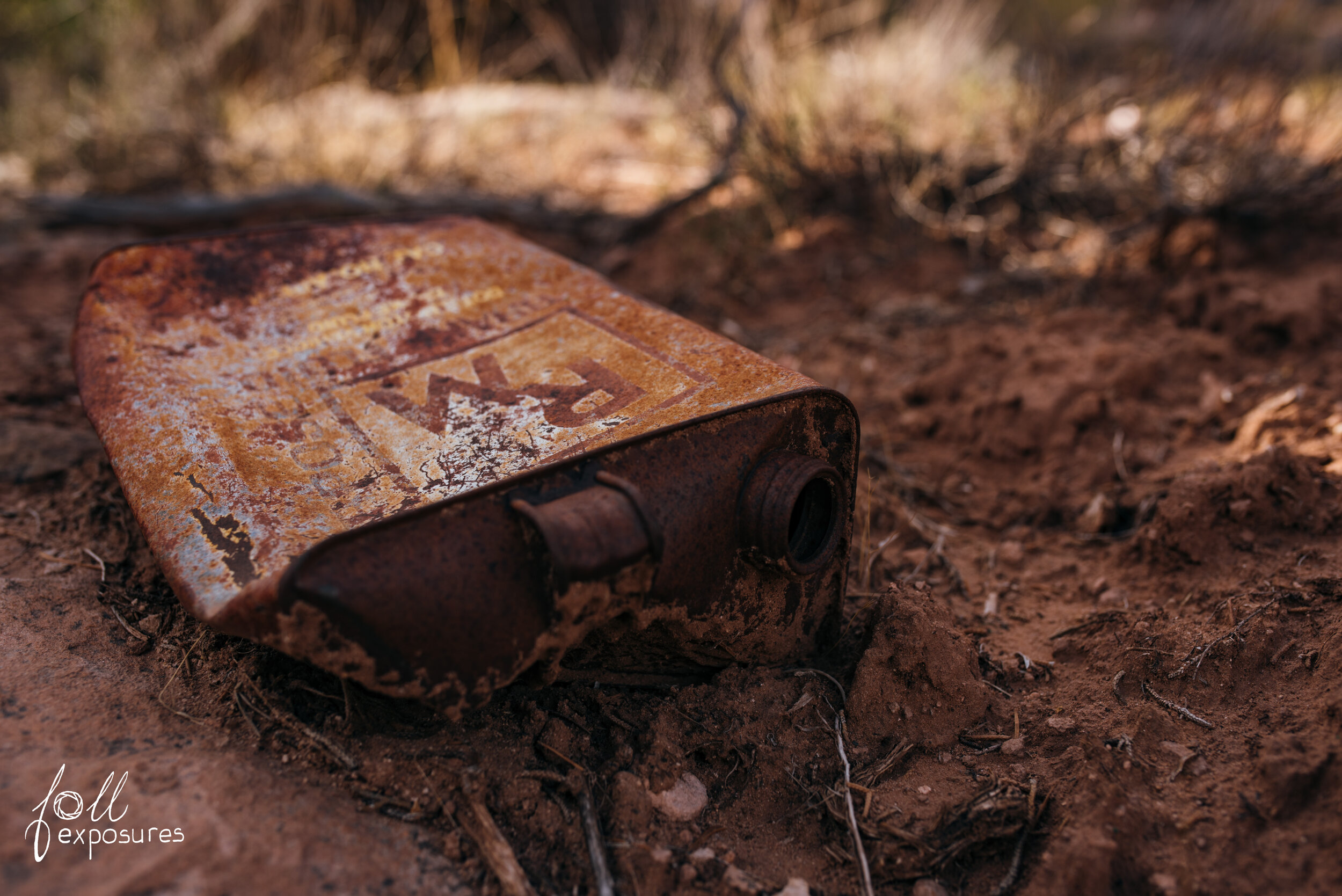
An even bigger motor oil container.
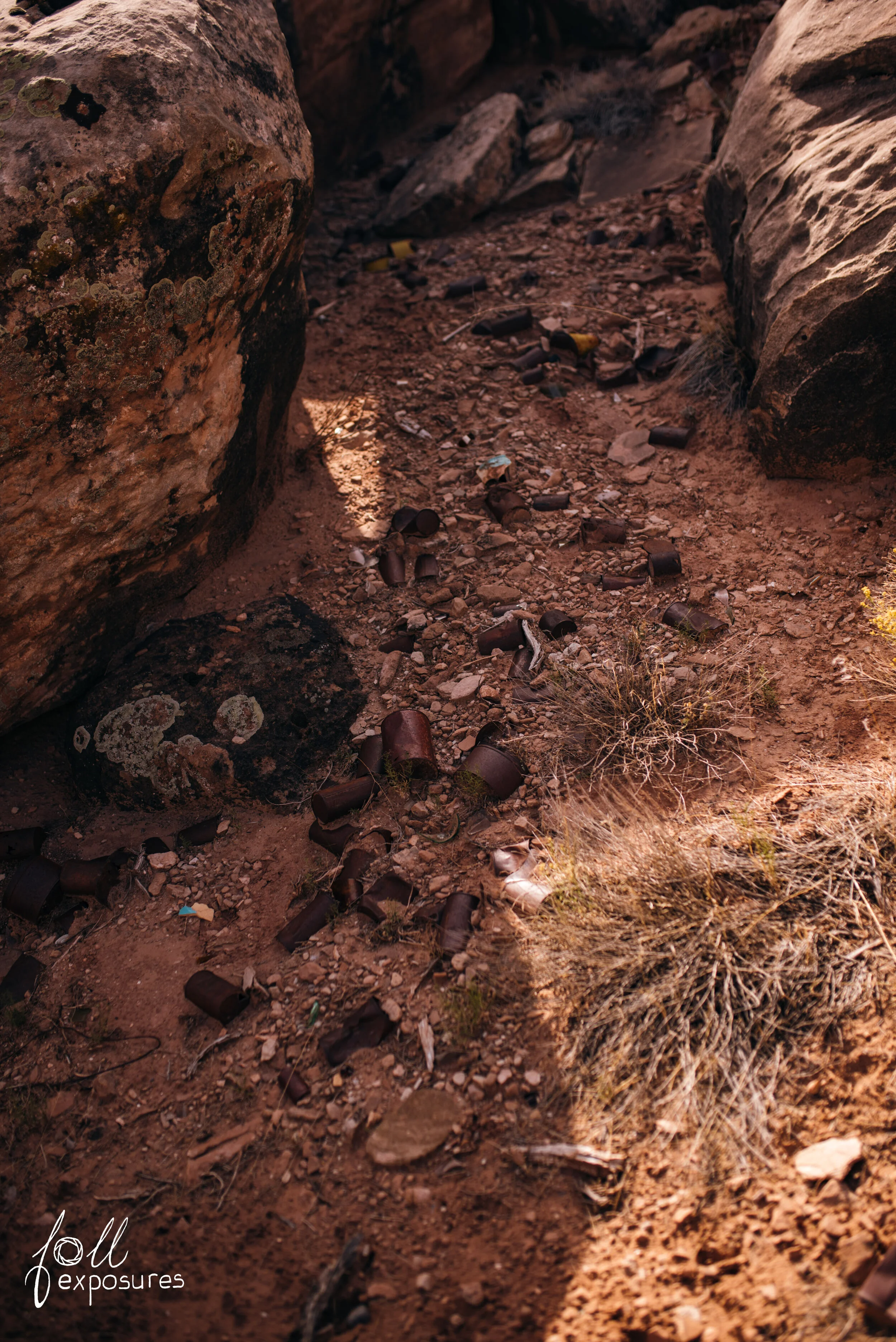
Lots and lots of trash. Trash is considered historic by federal agencies once it is older than 50 years. For those of you looking to REALLY nerd out, click here for Utah’s artifact guide.
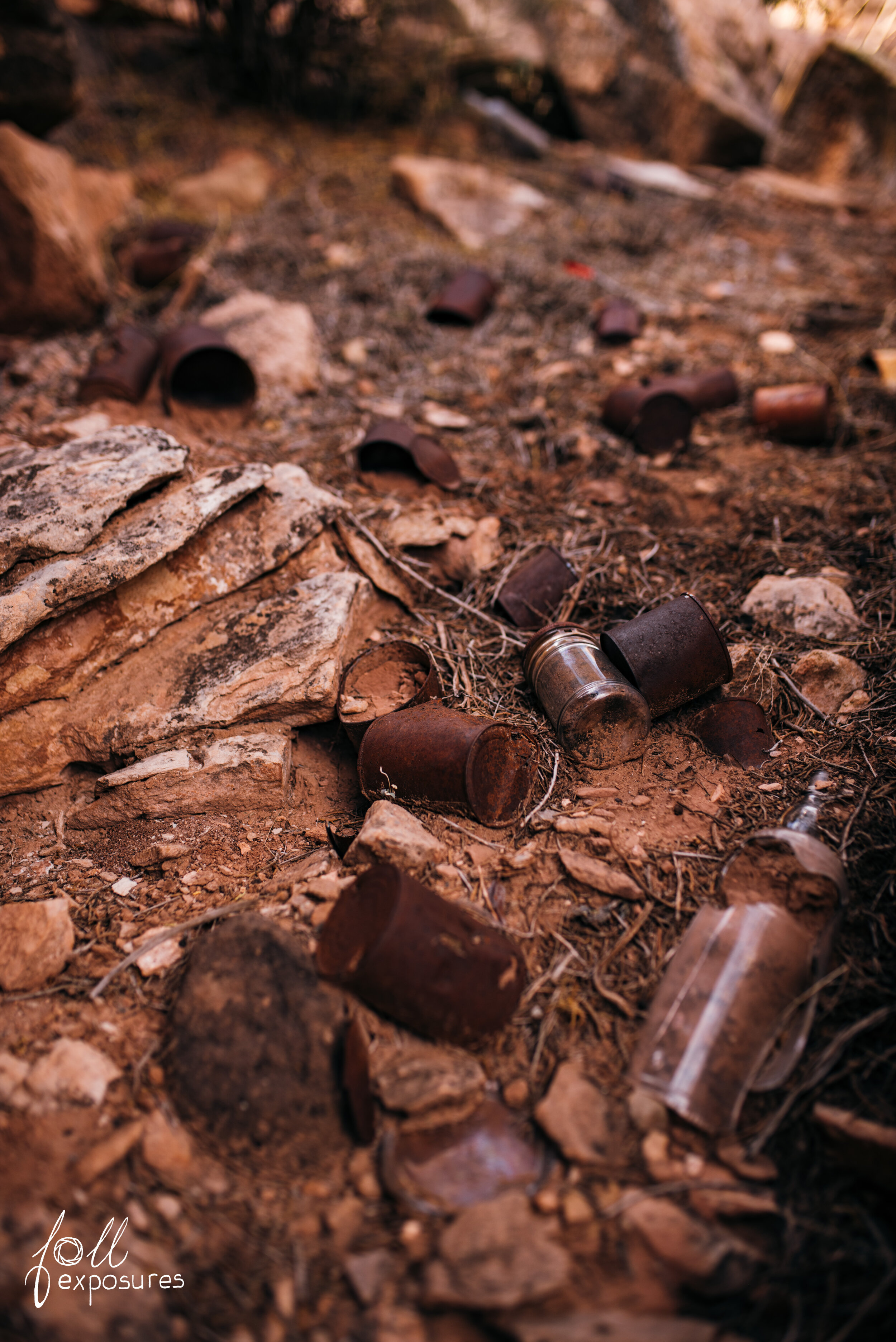
I also found this interesting article by the Big Bend National Park staff about when trash becomes history.
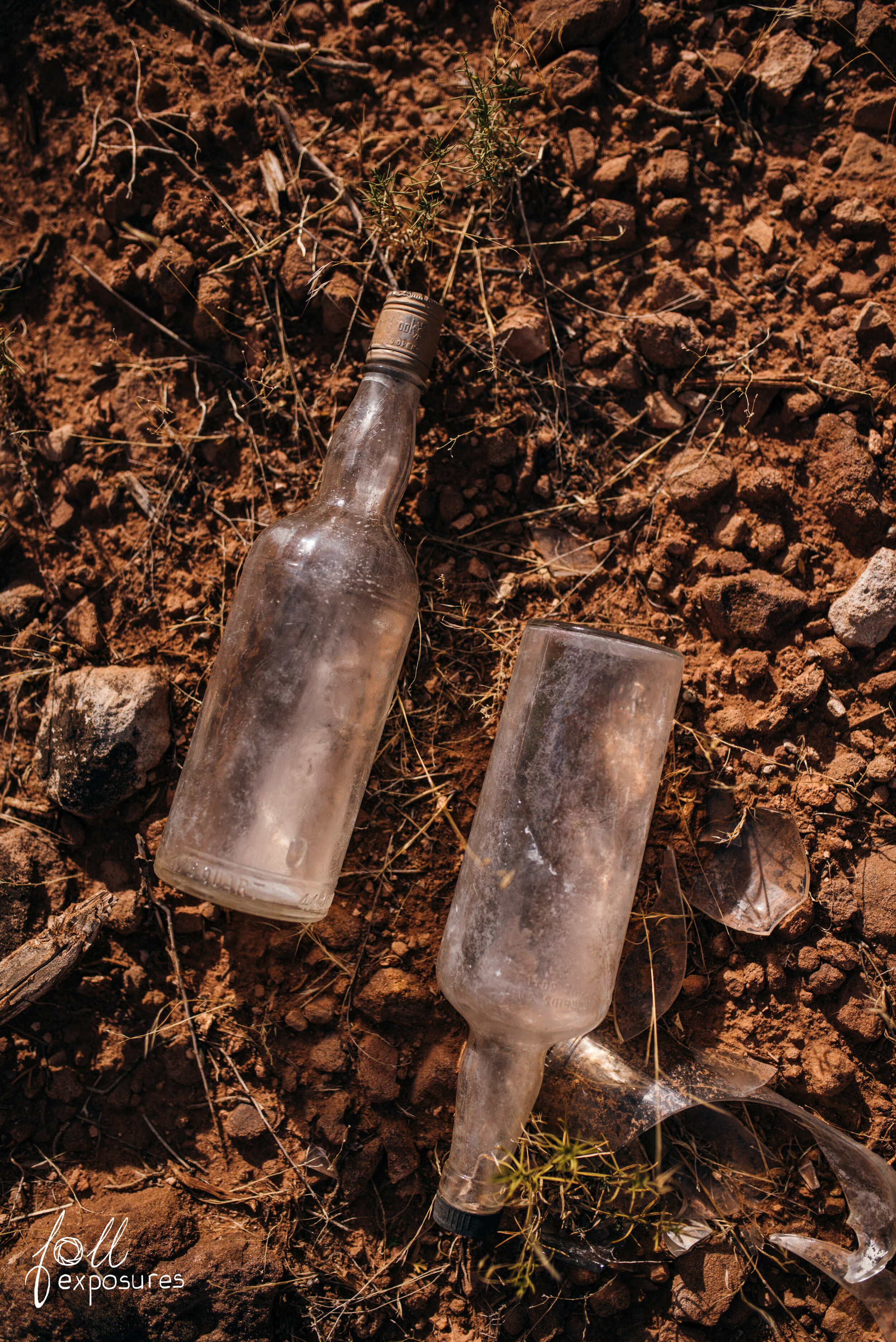
Last image of the whiskey bottles.
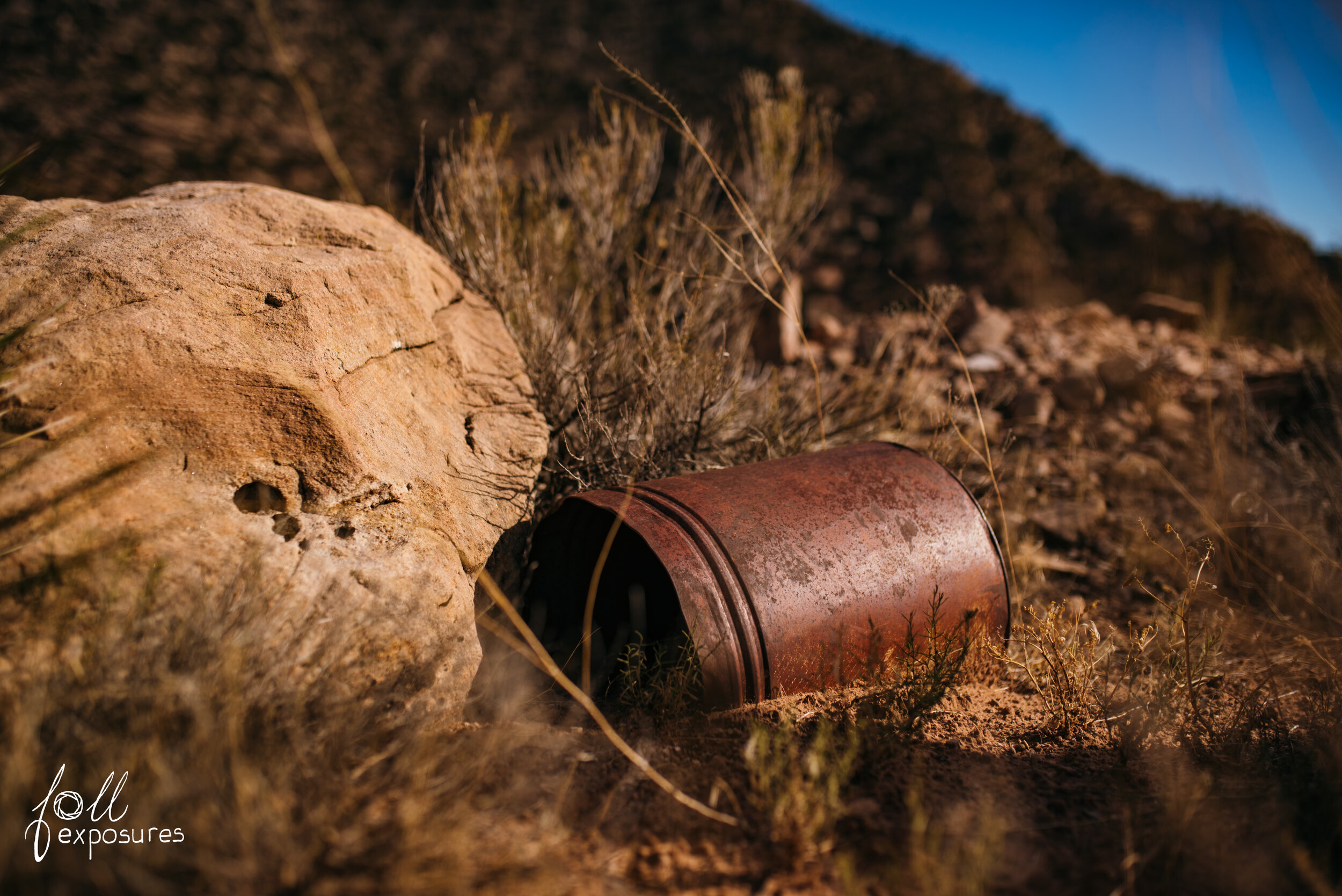
Thanks for coming along on my journey, I appreciate you all. Let me know in the comments below if you have any questions!